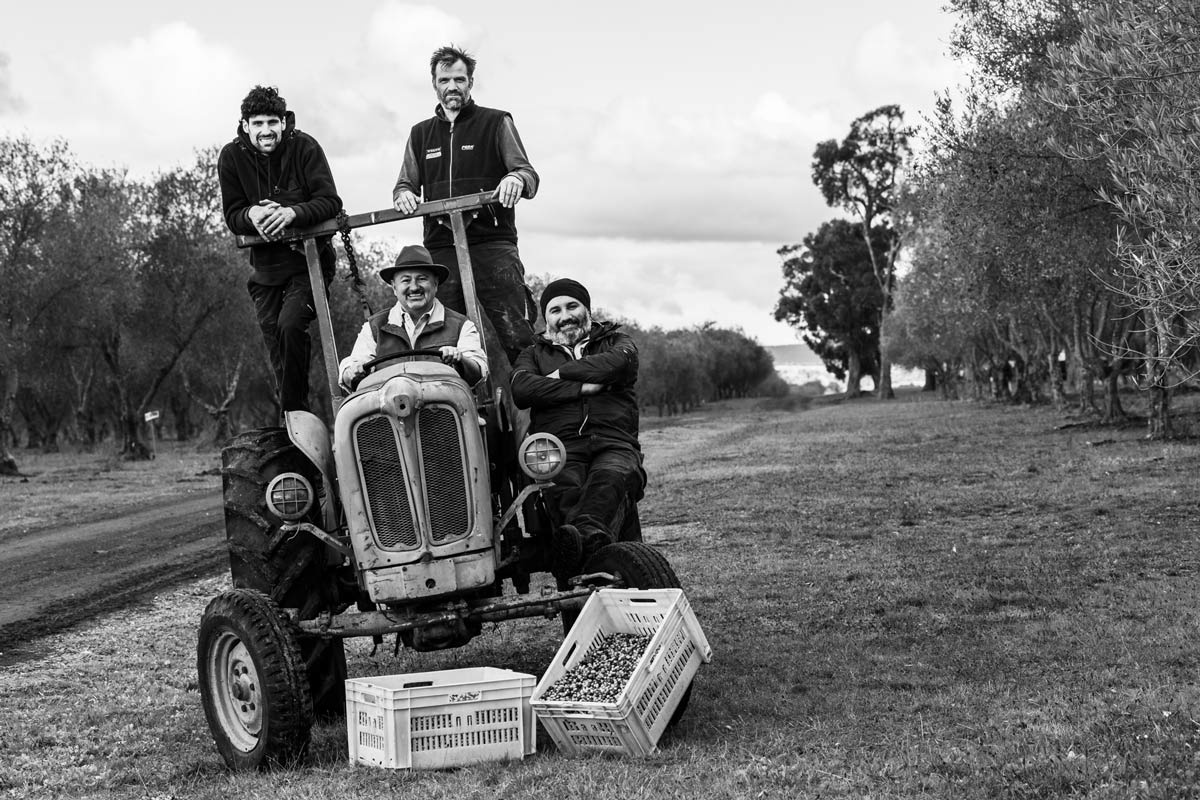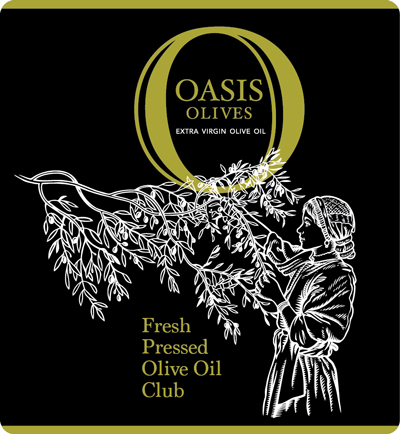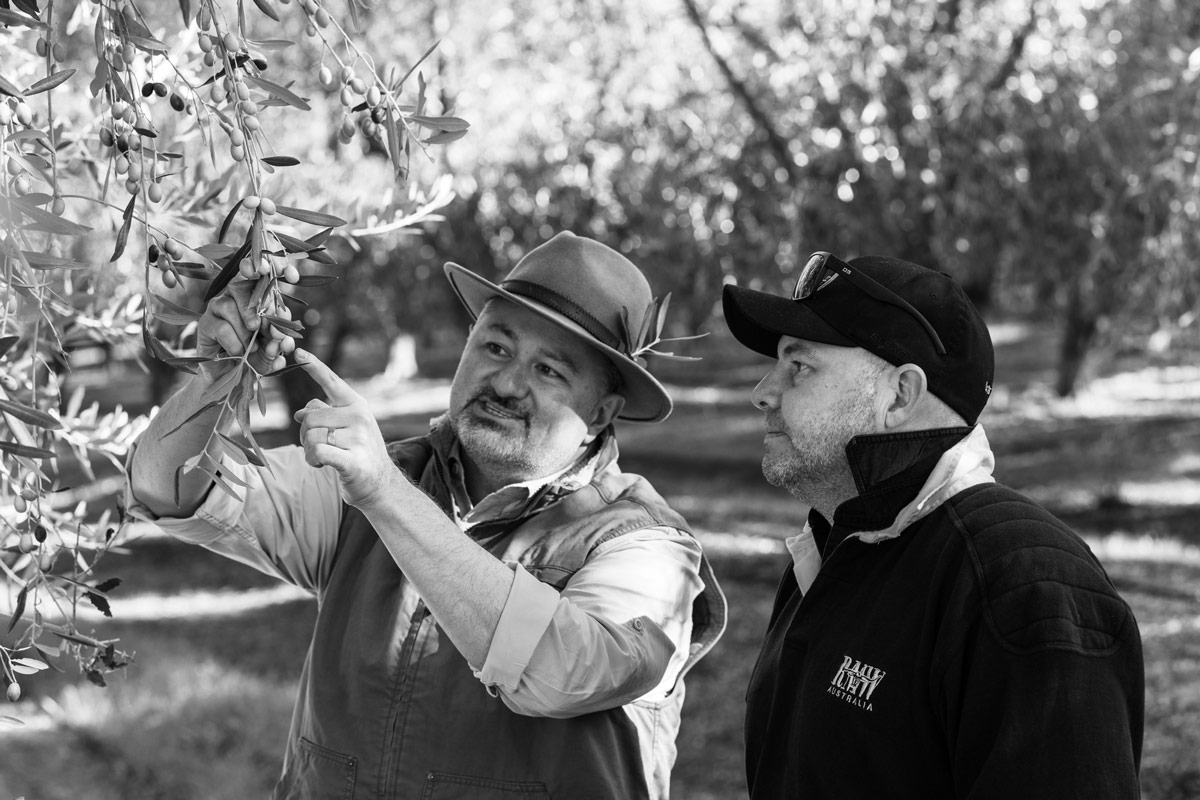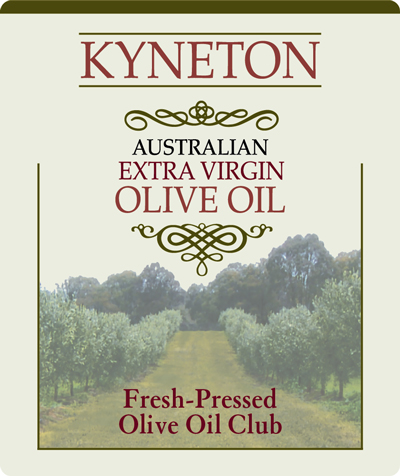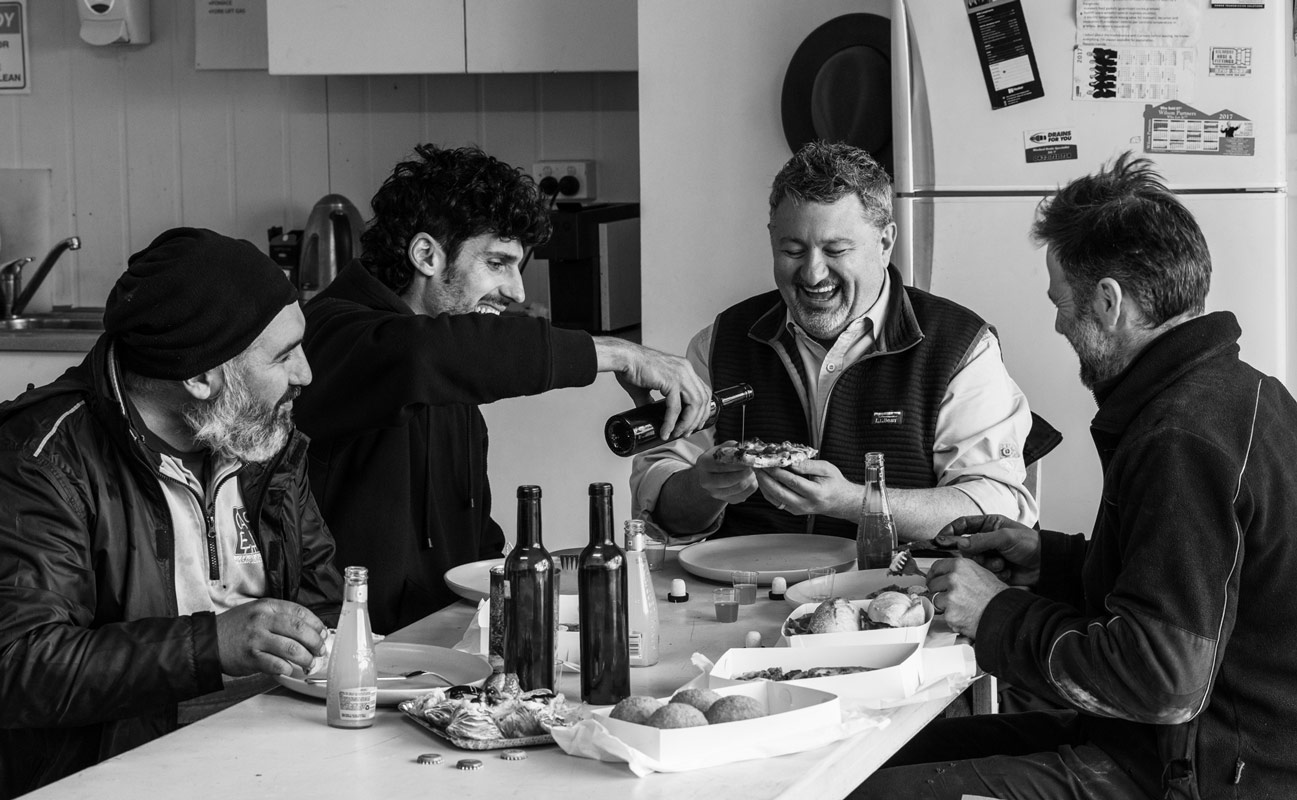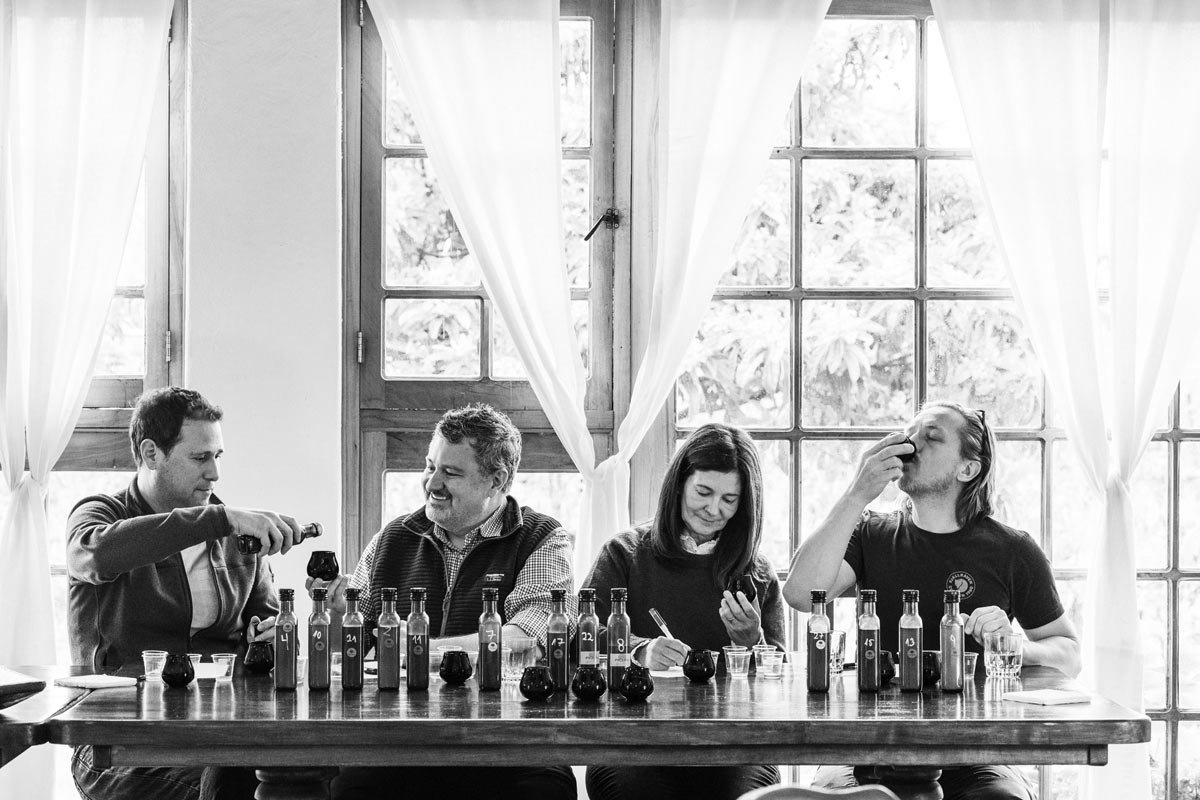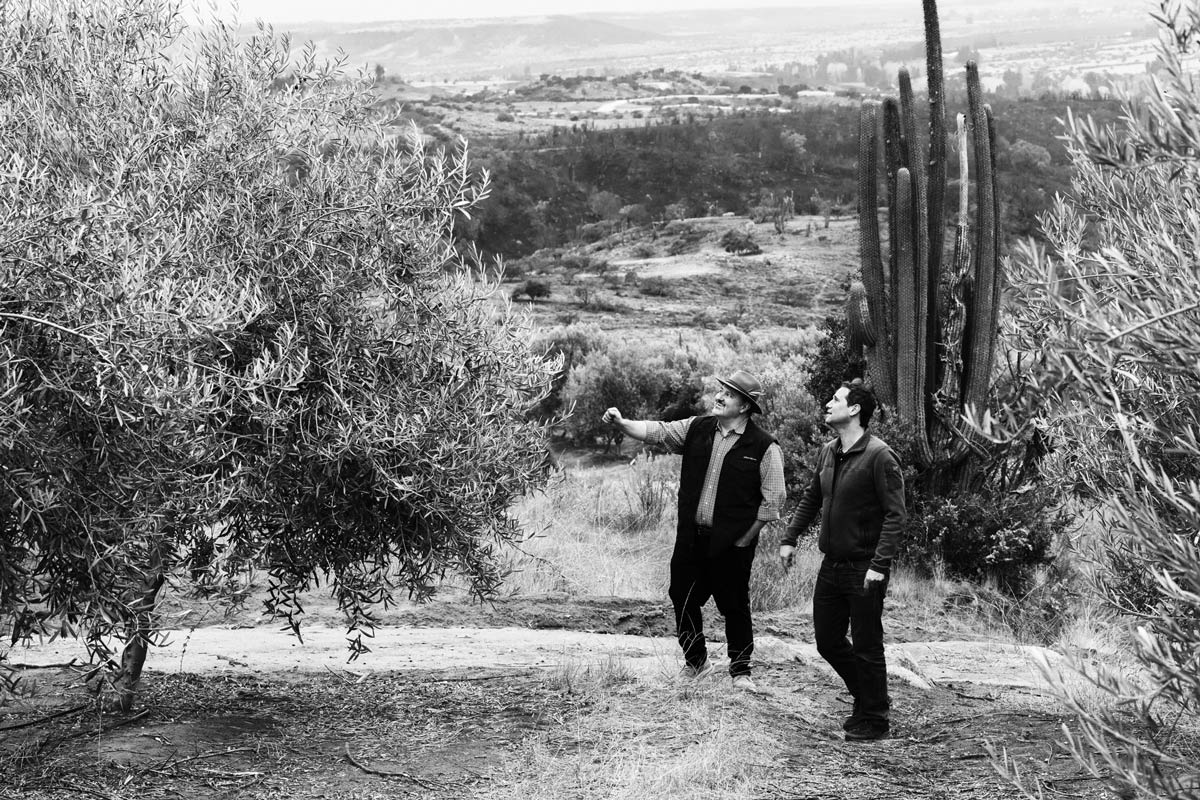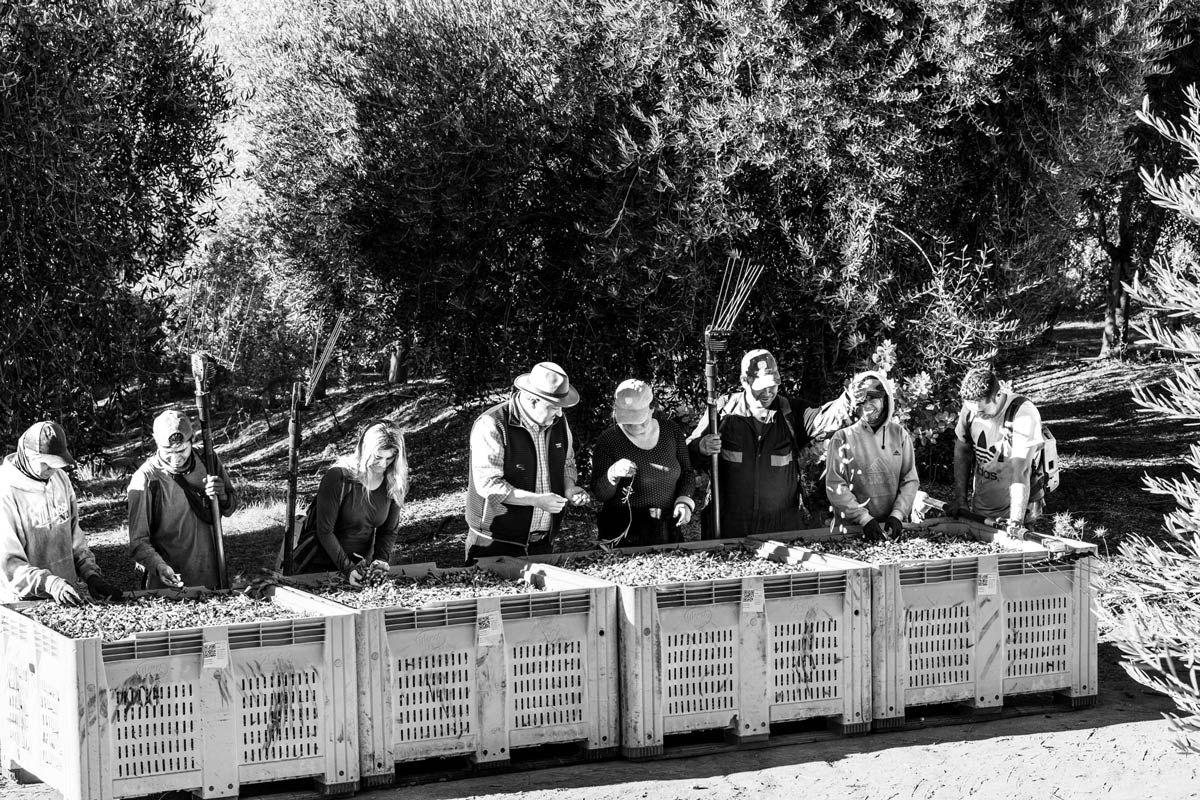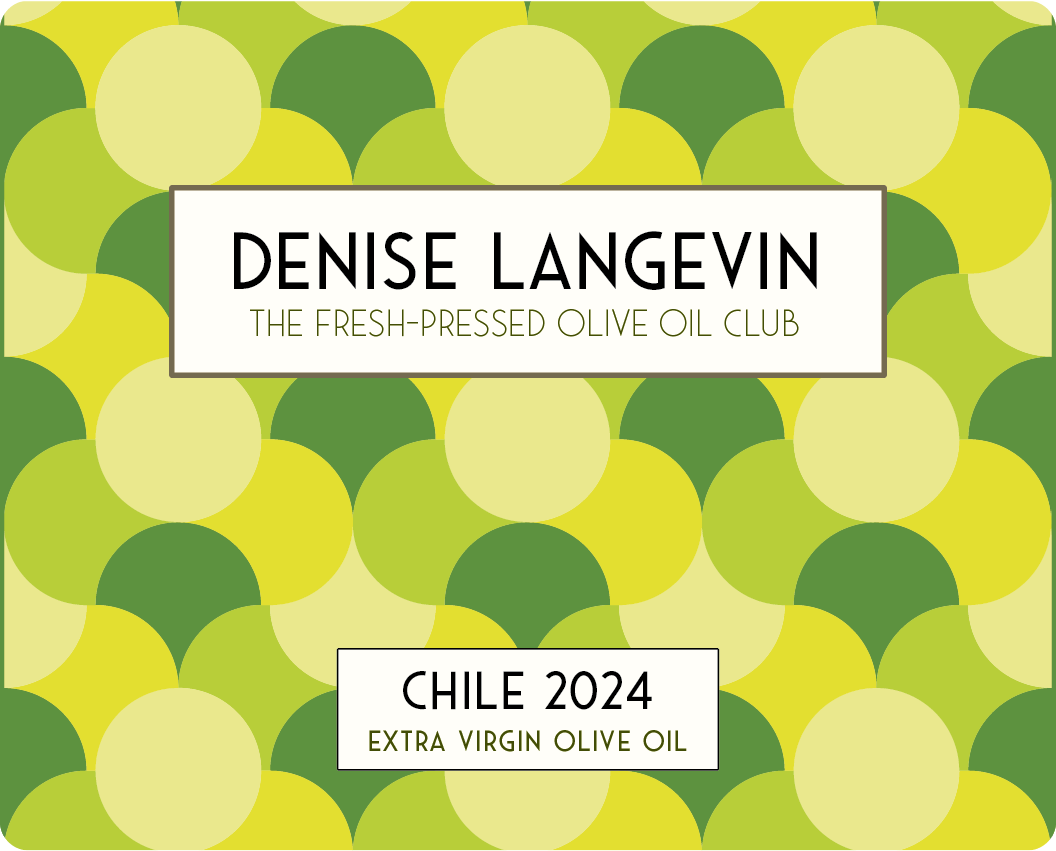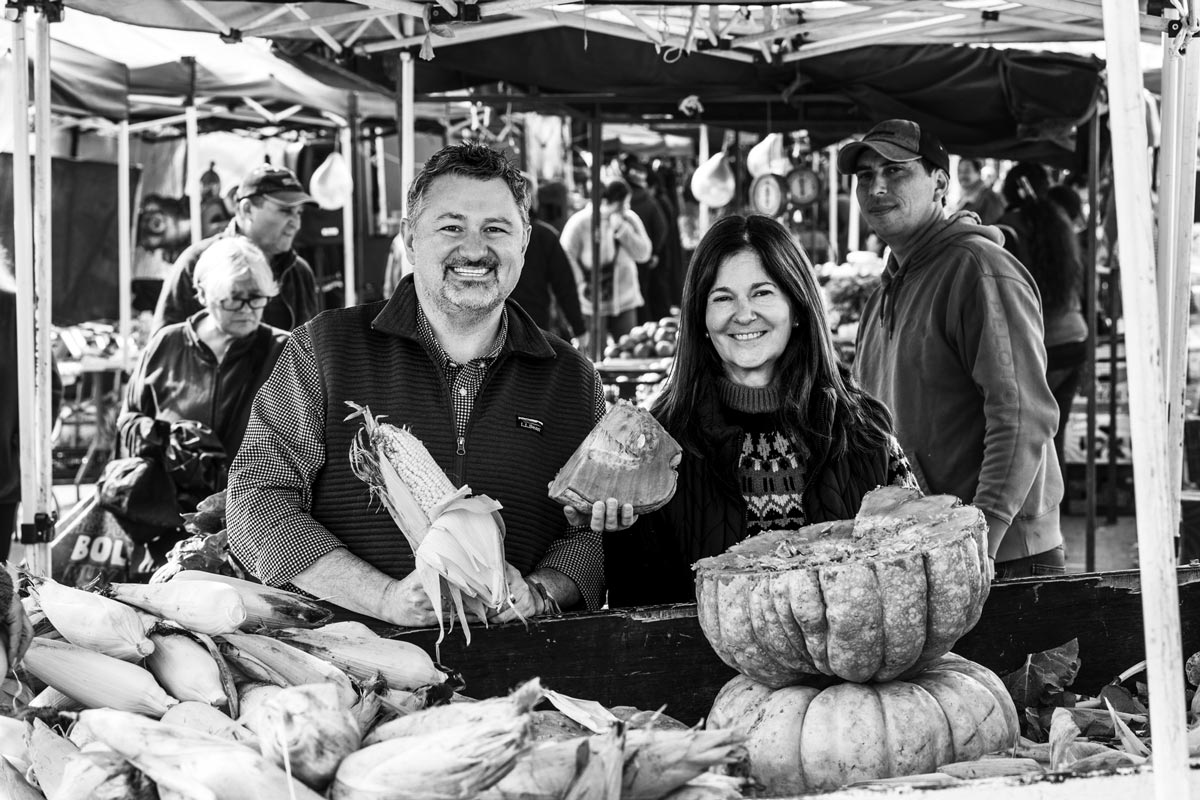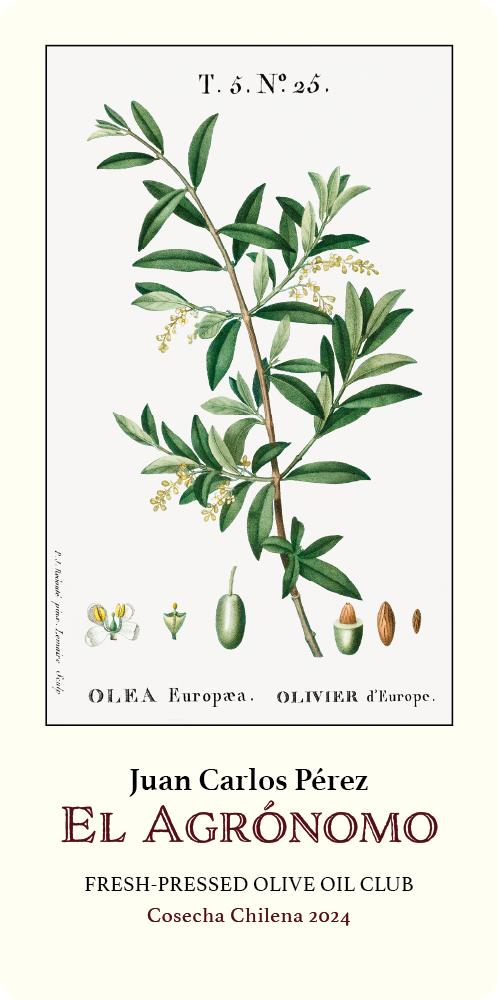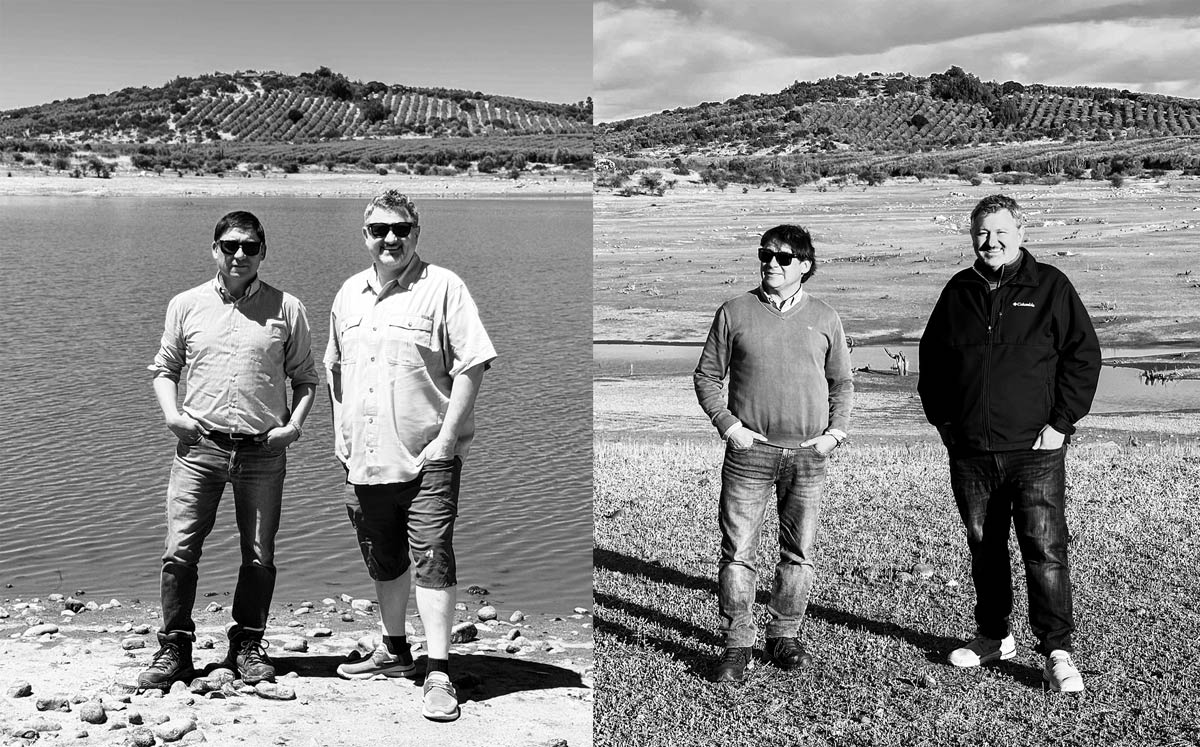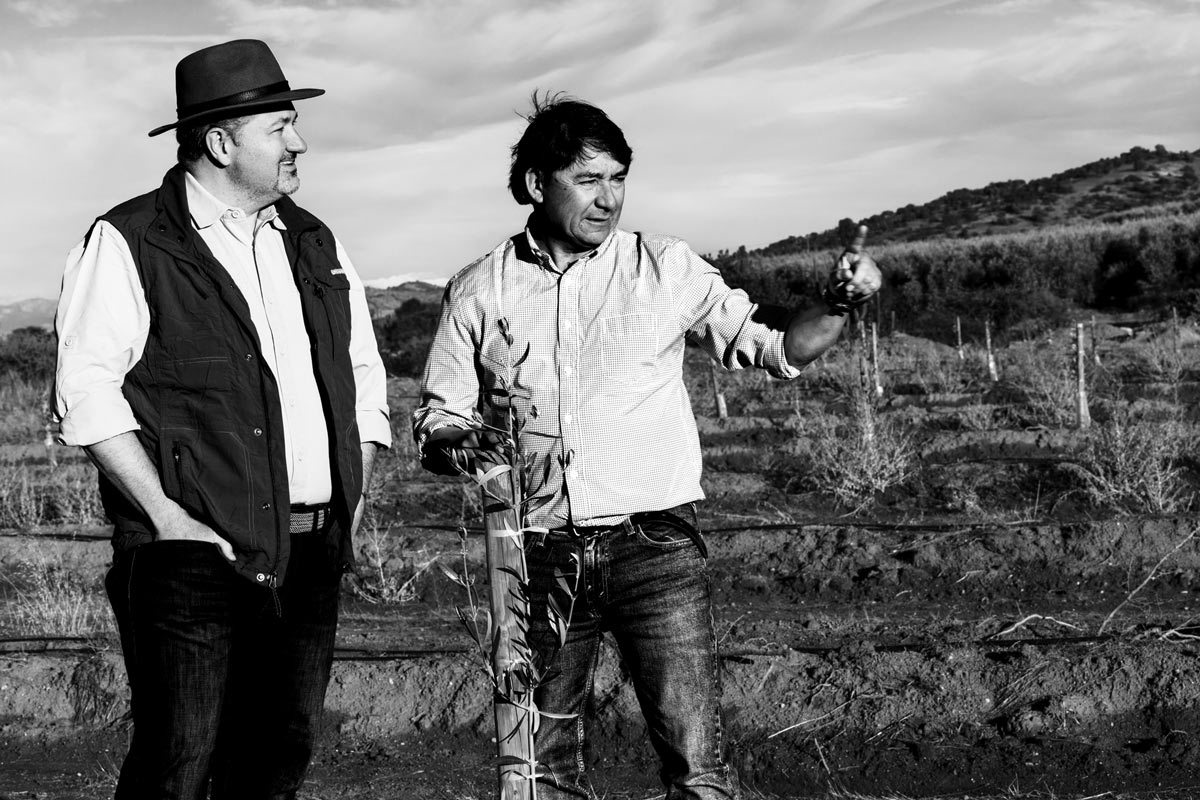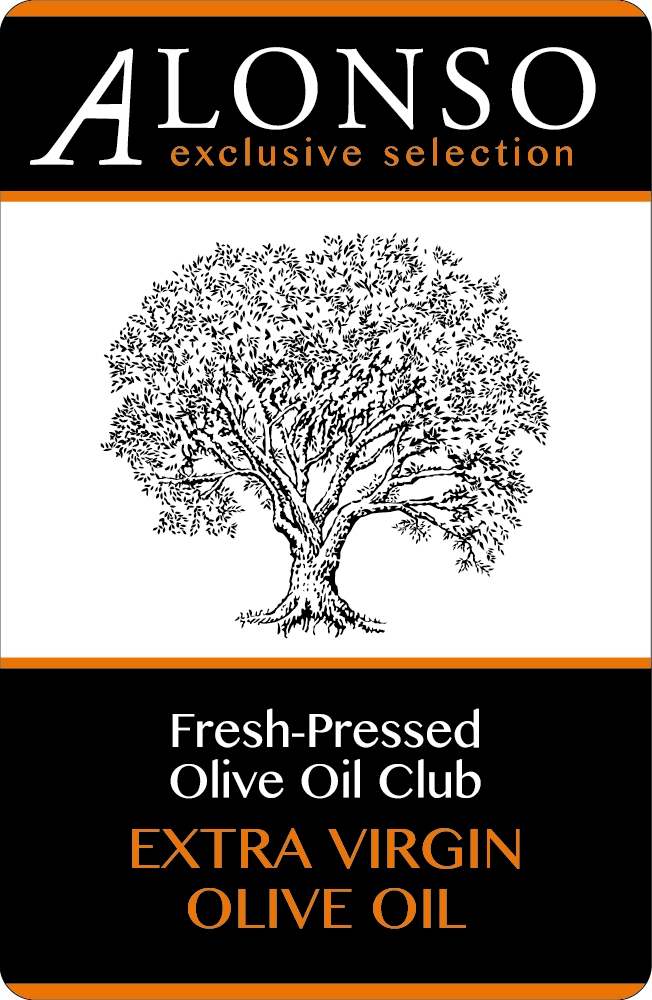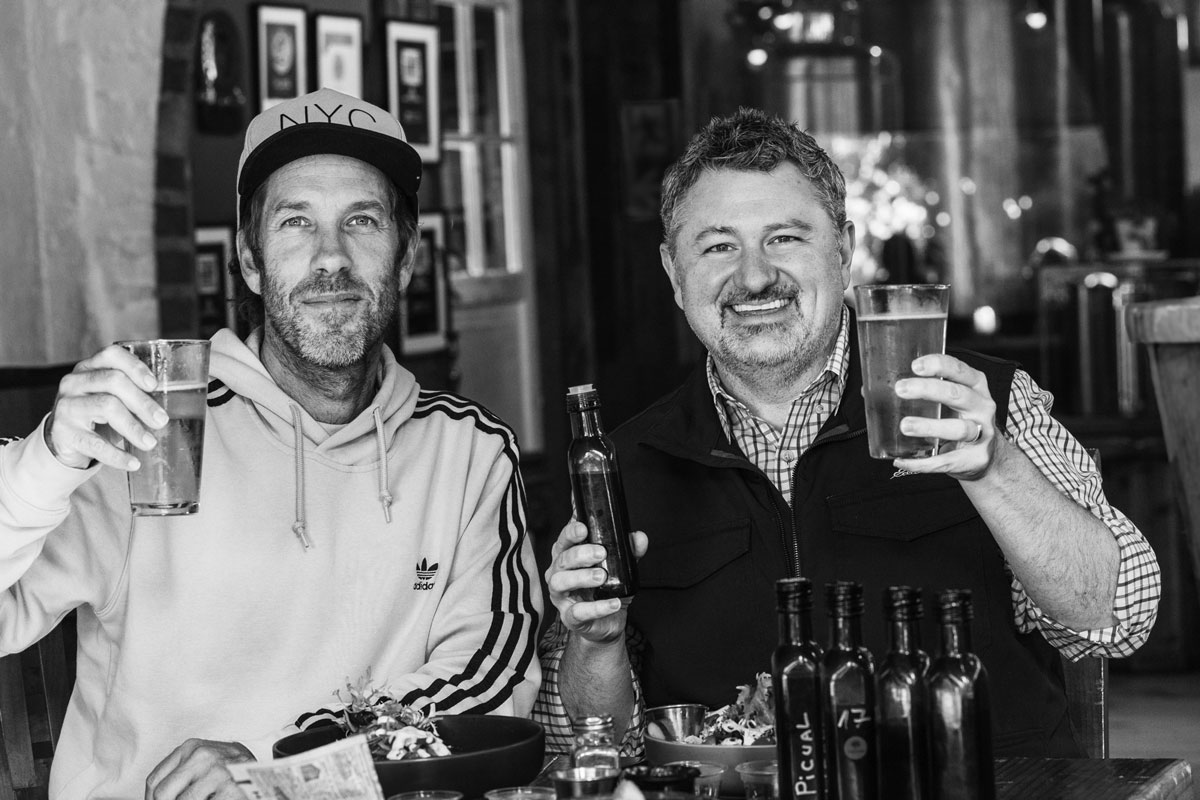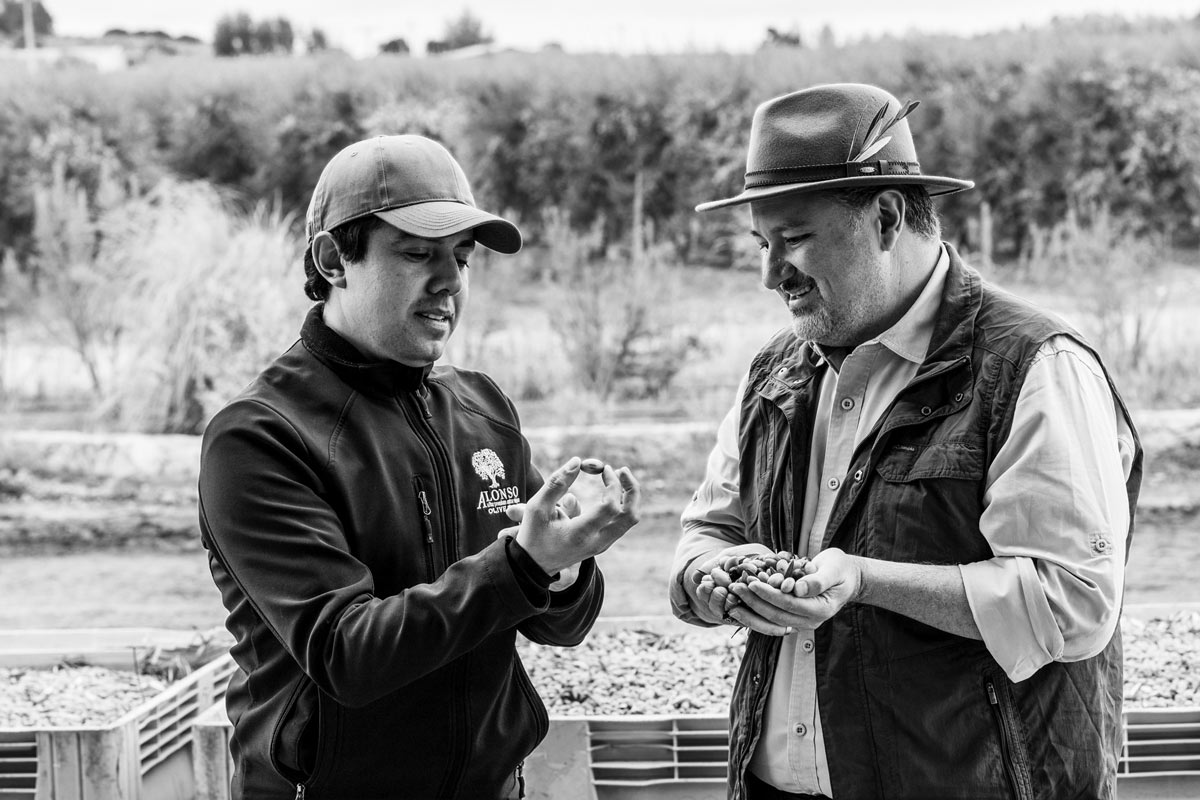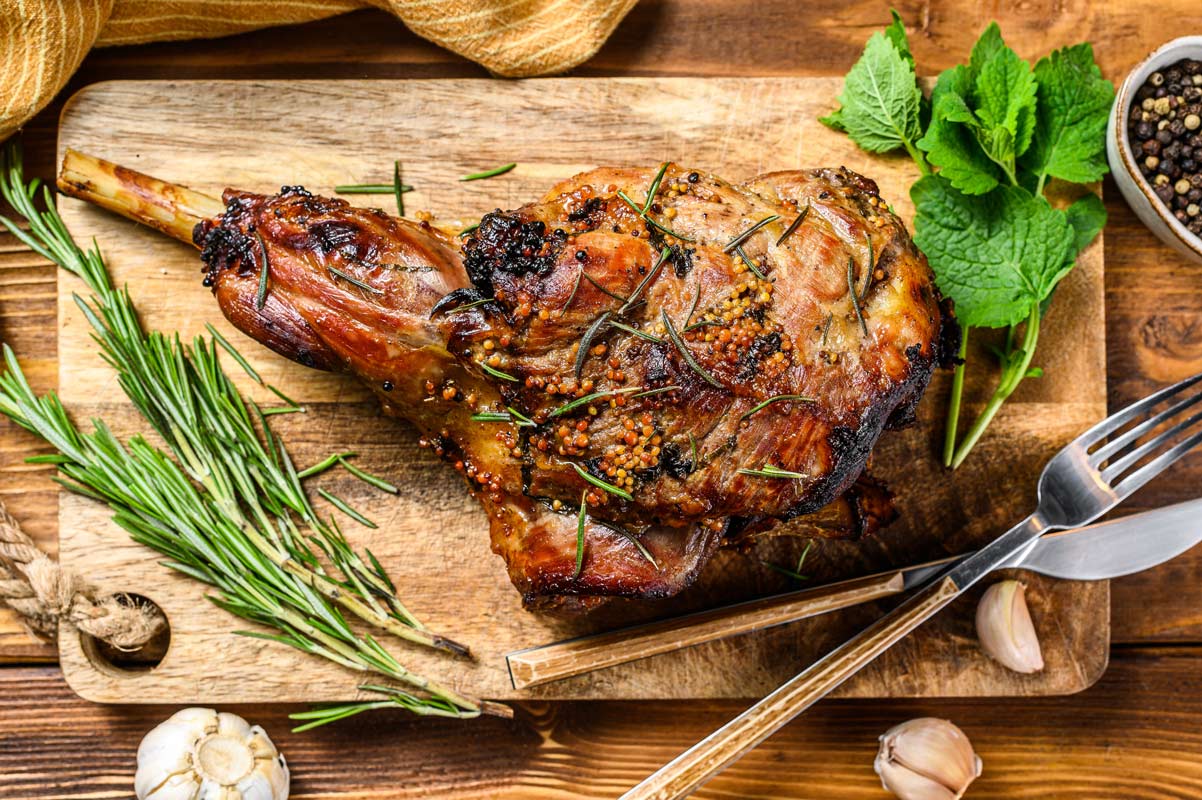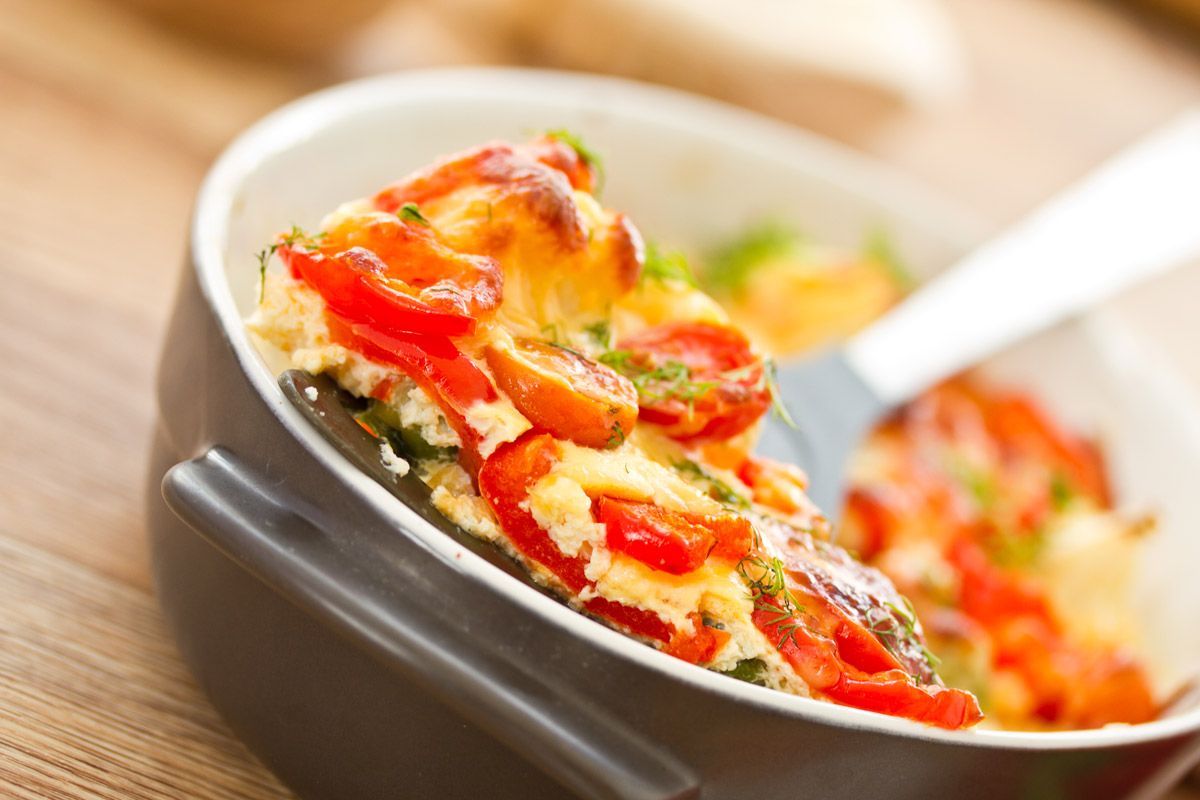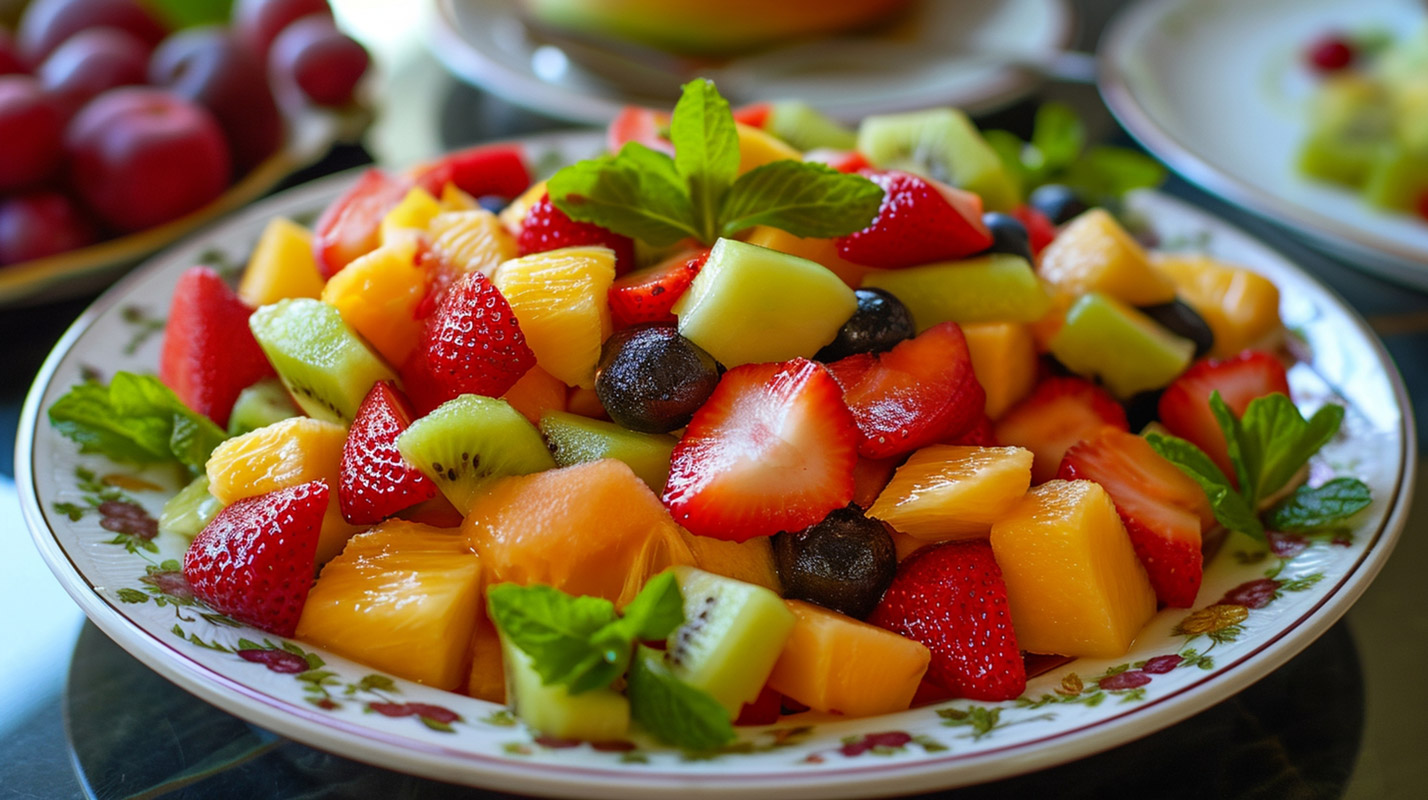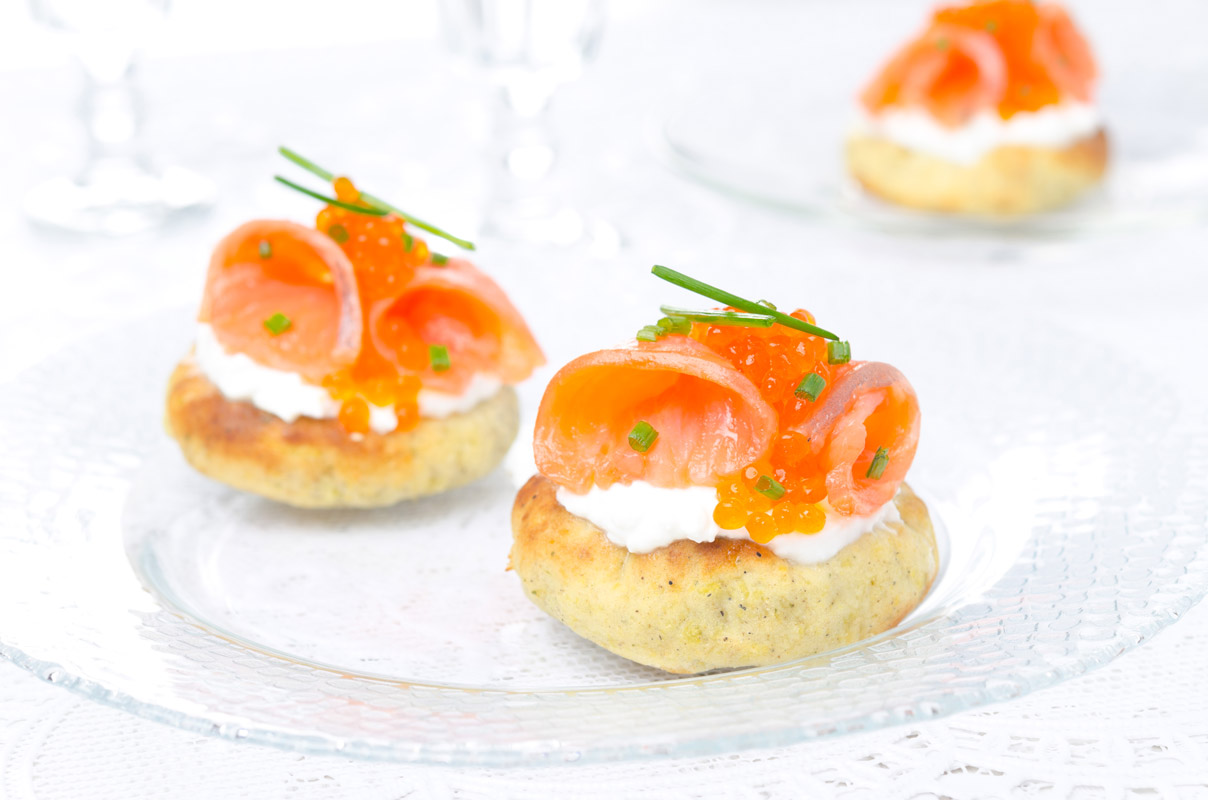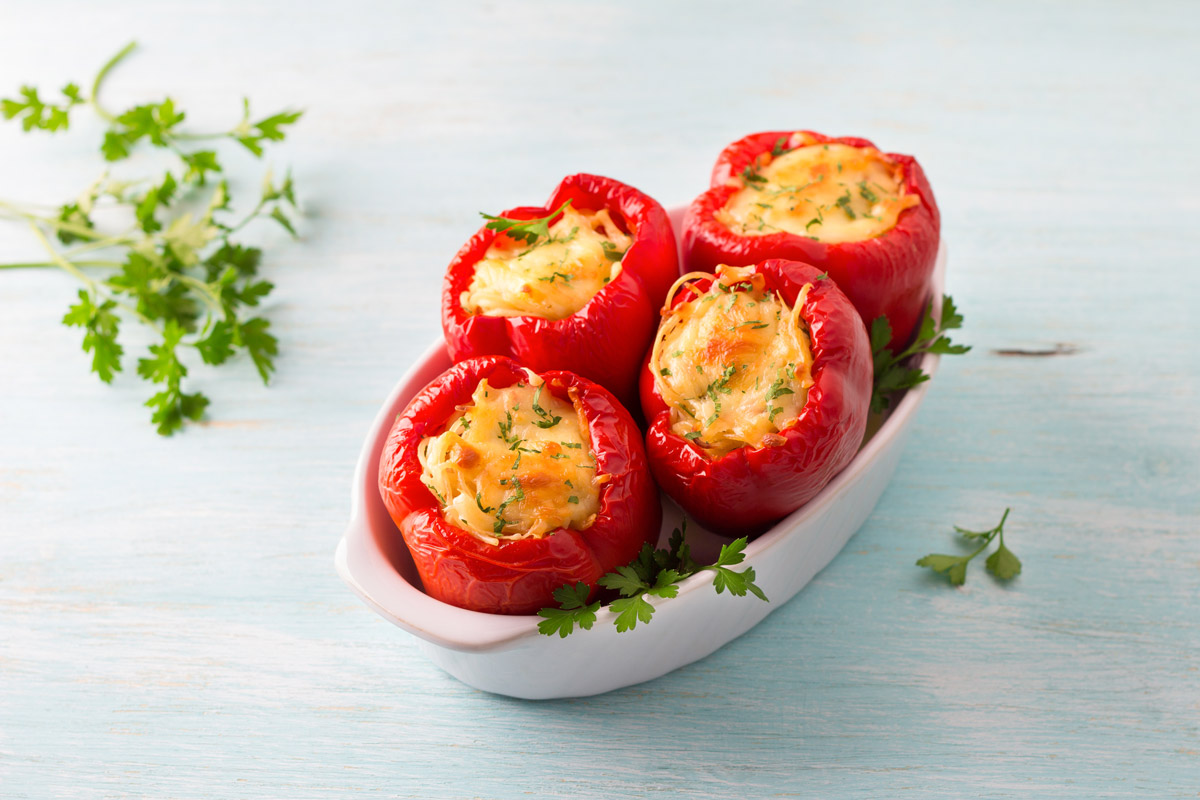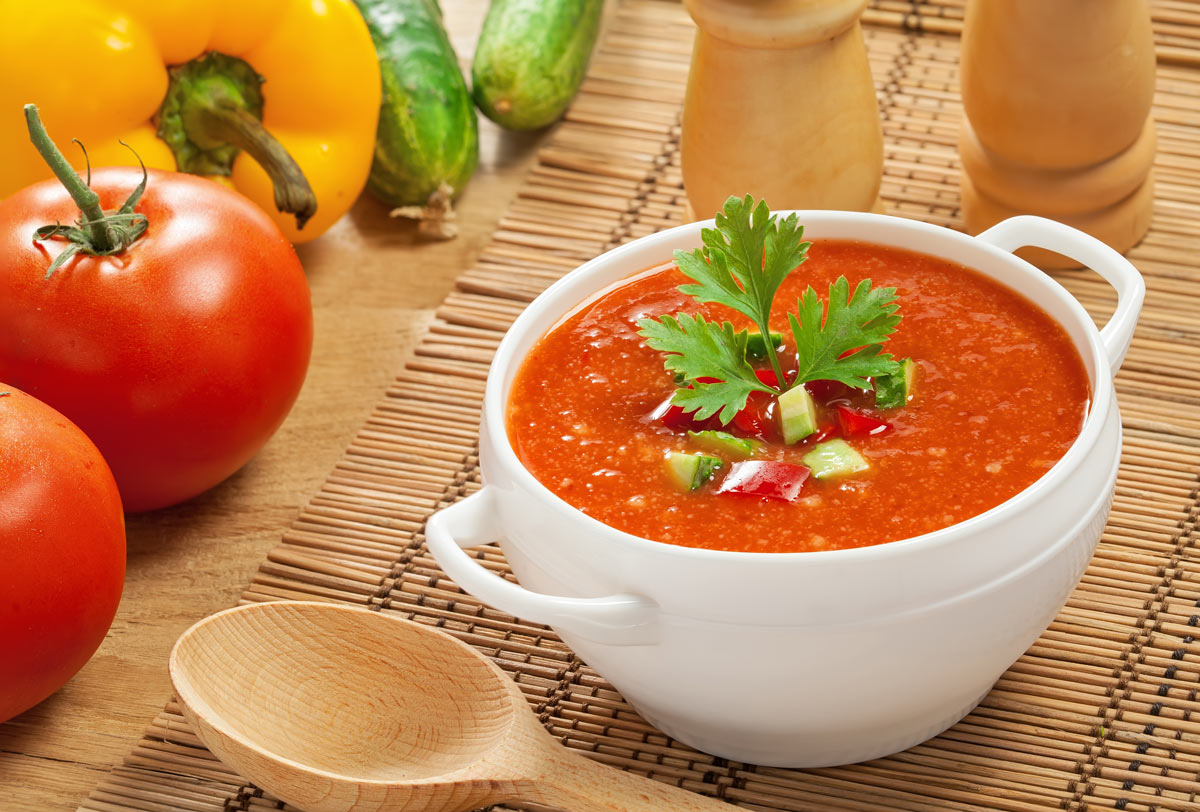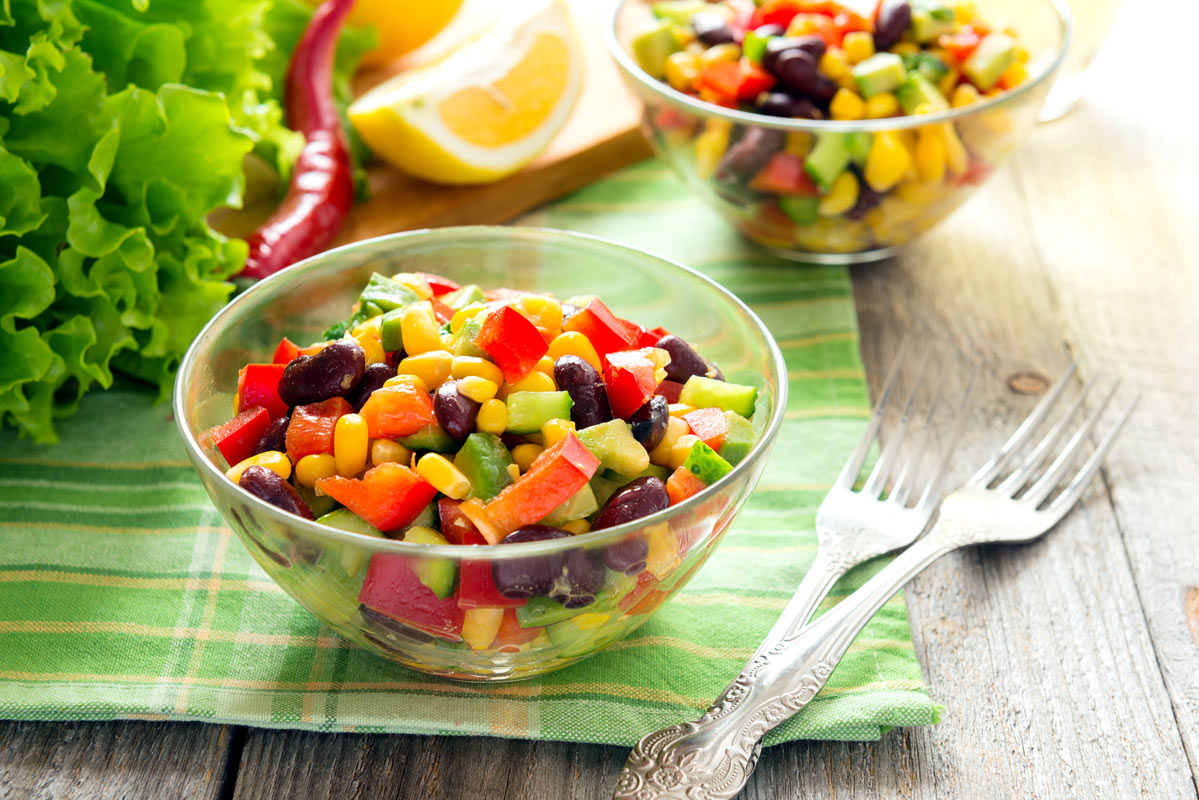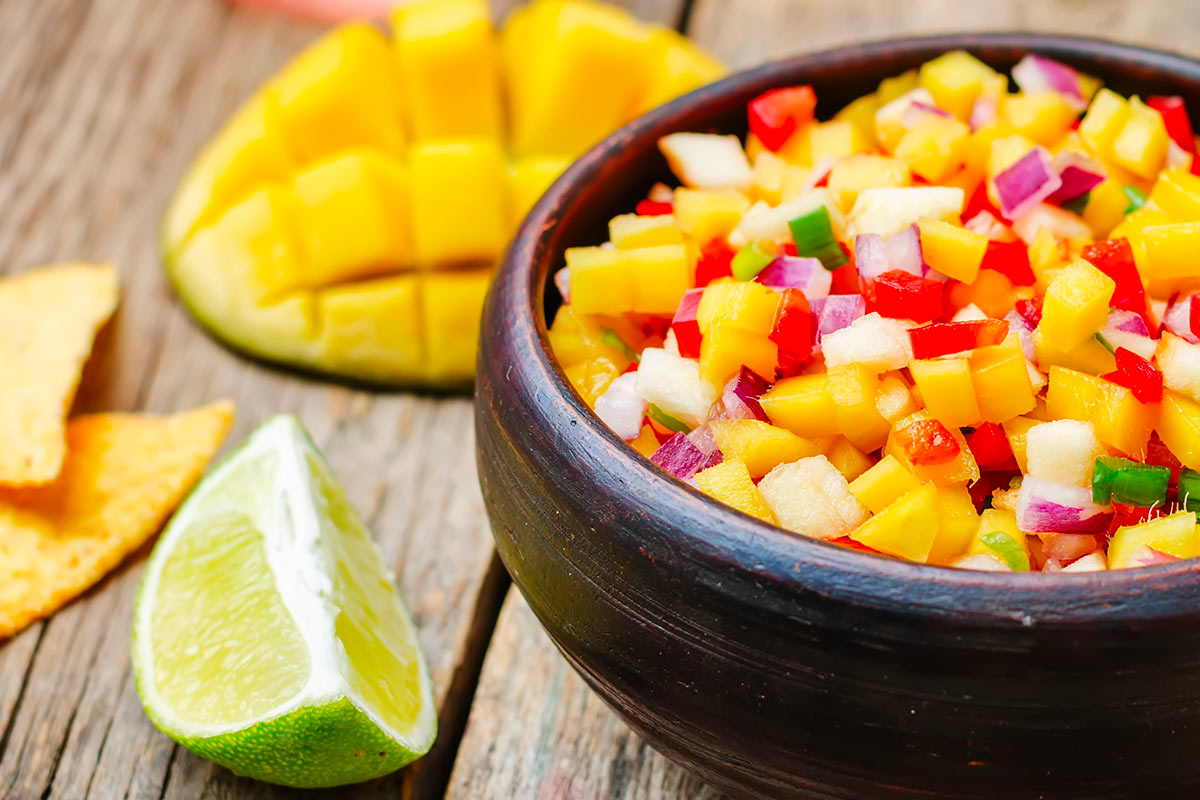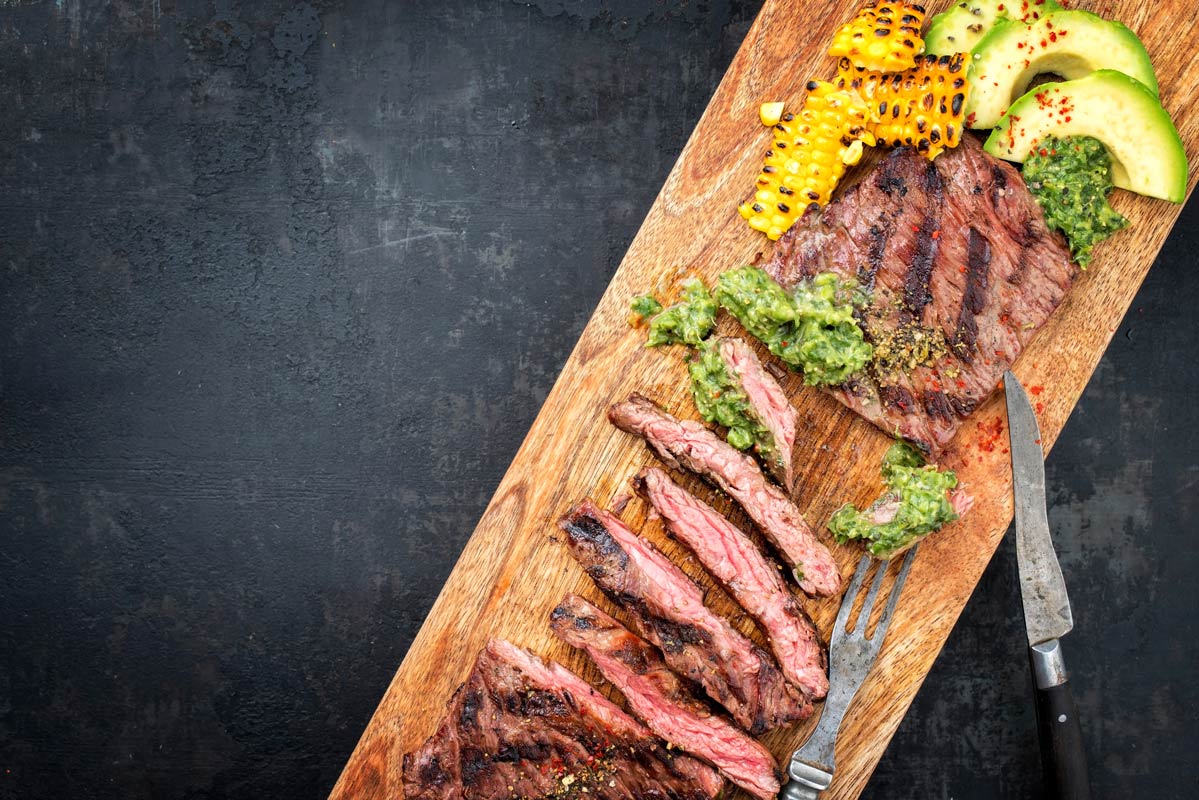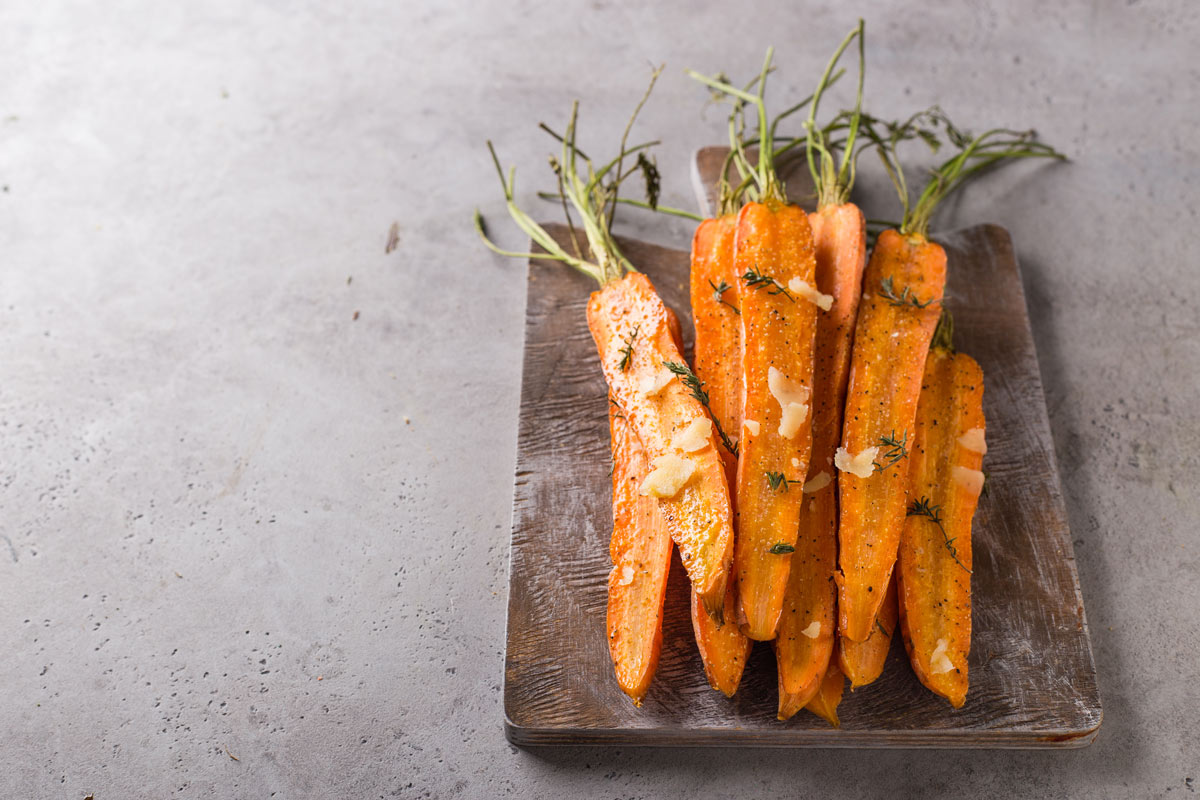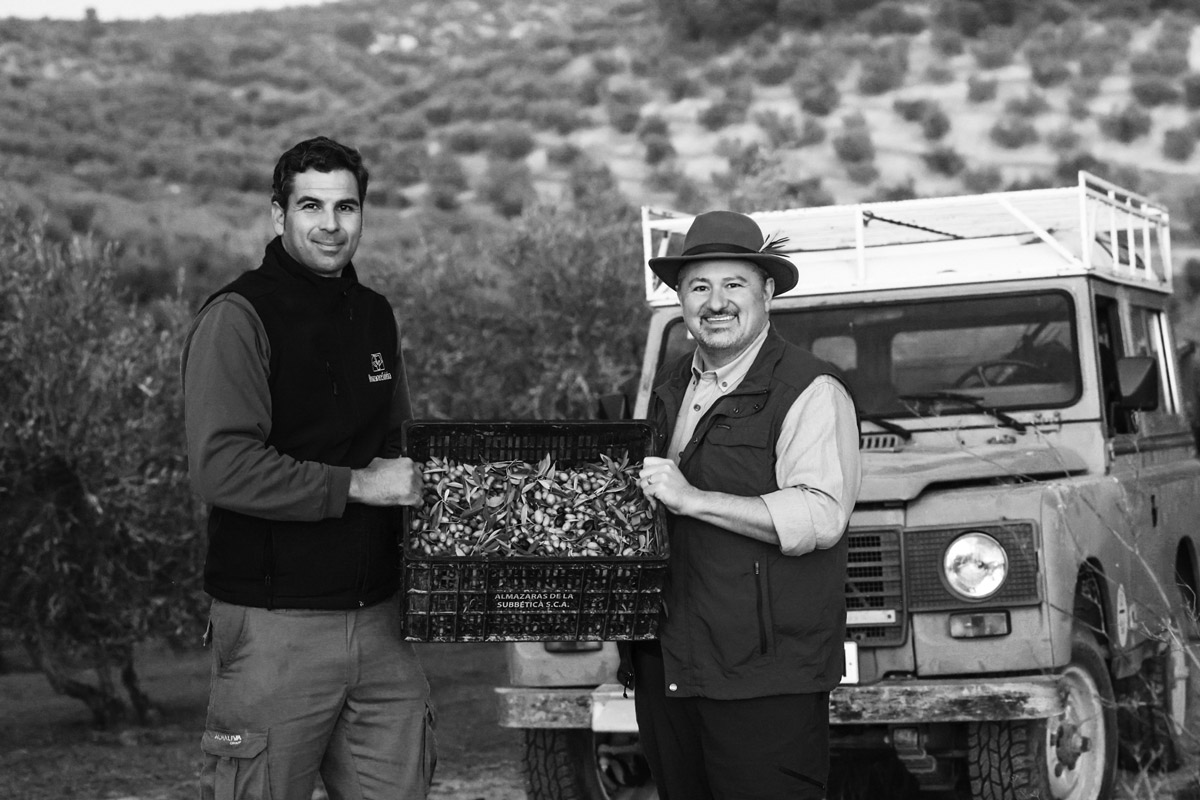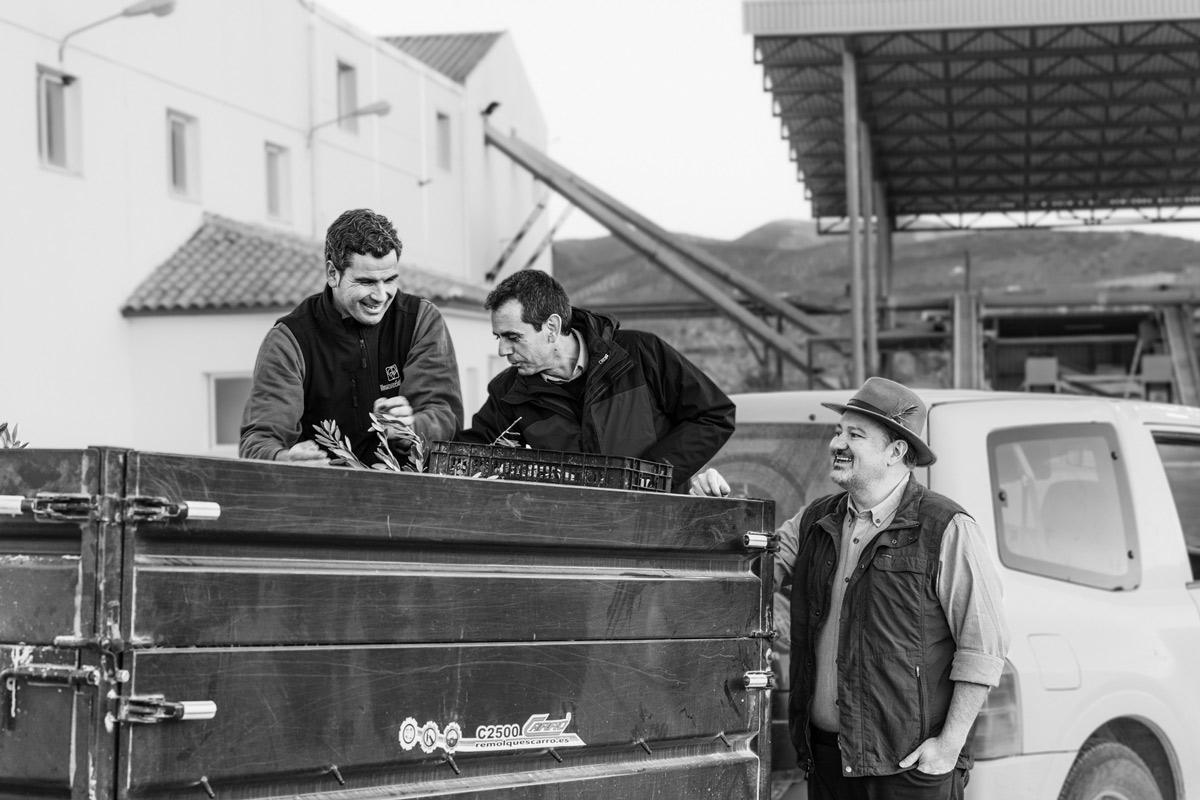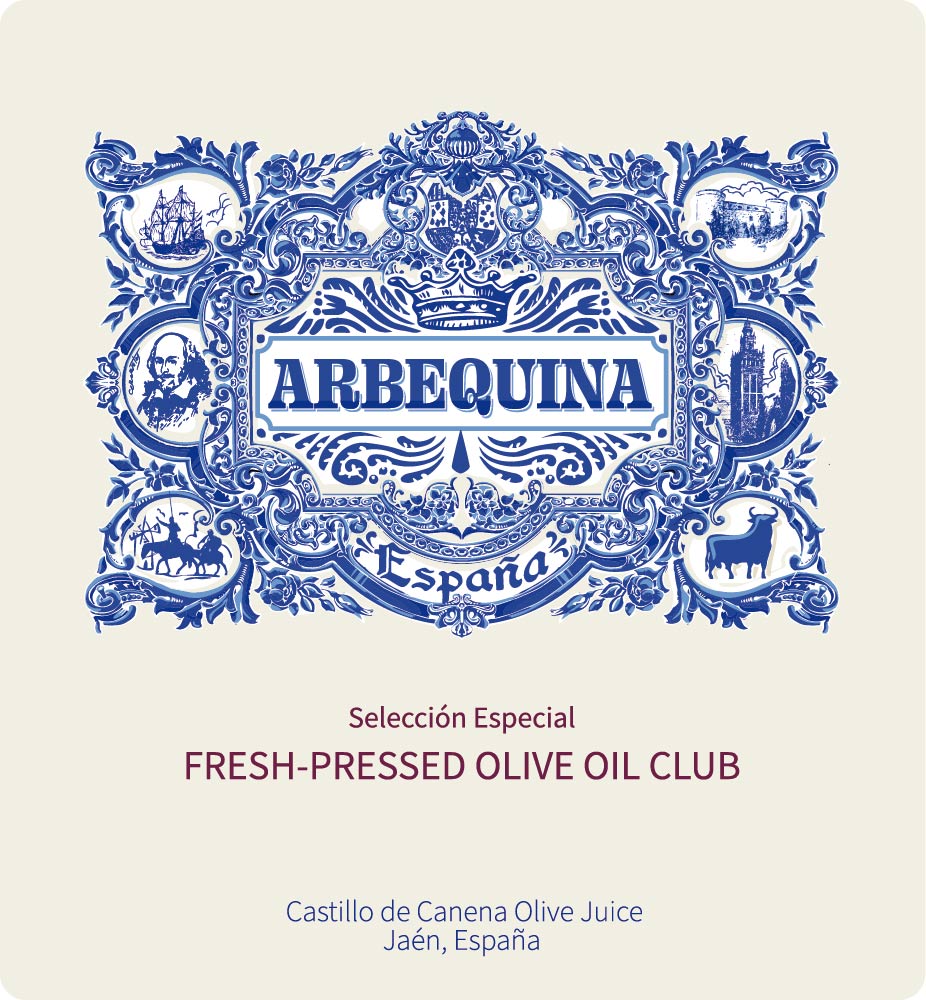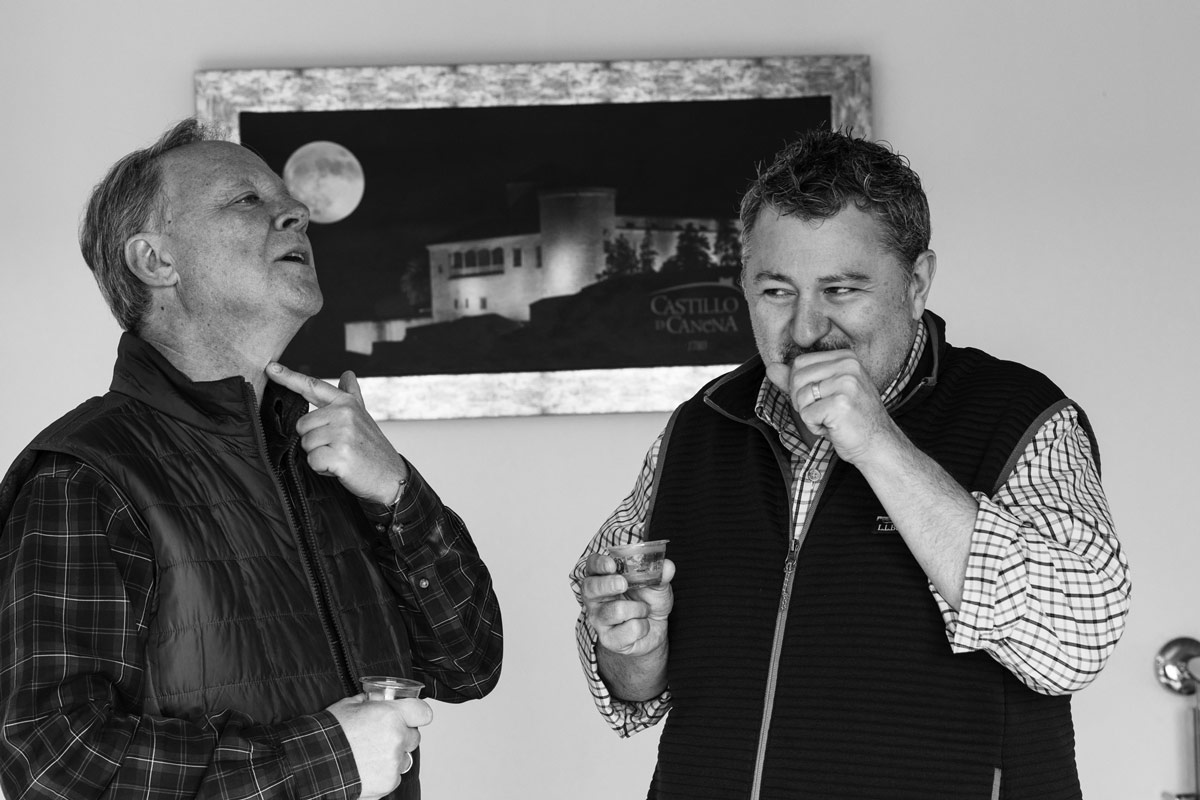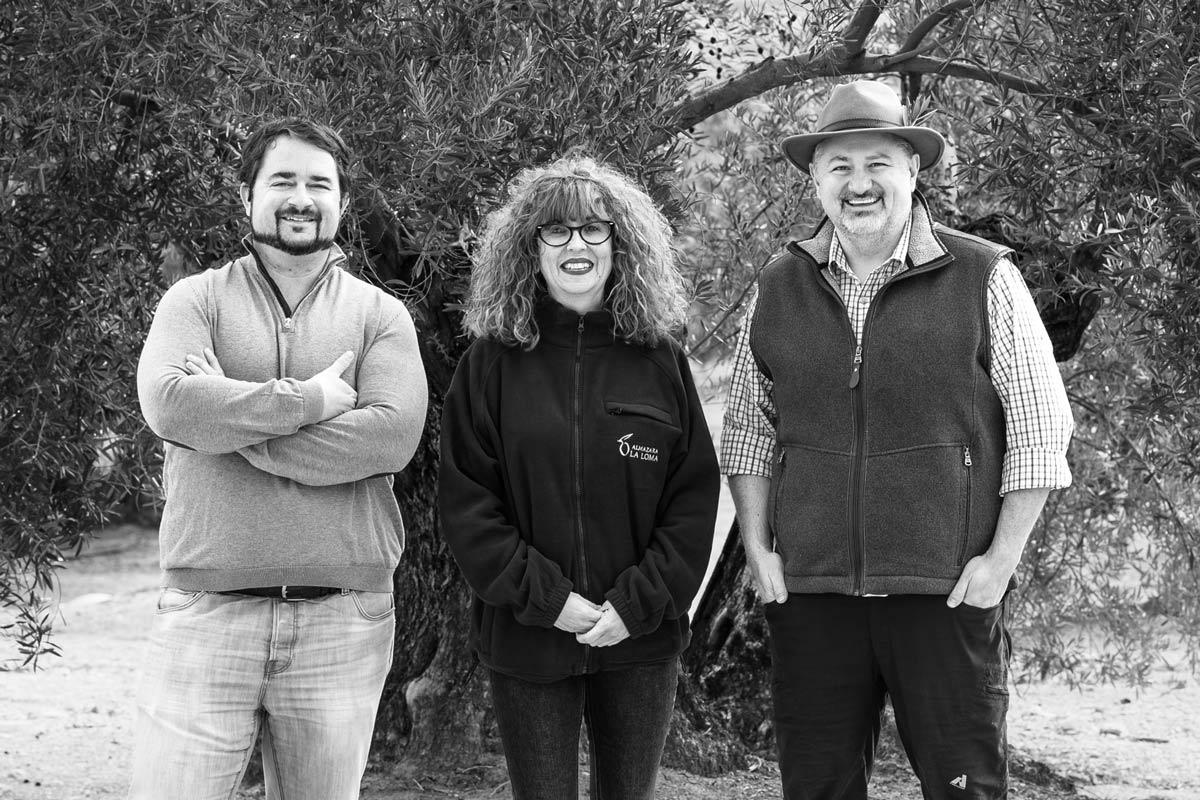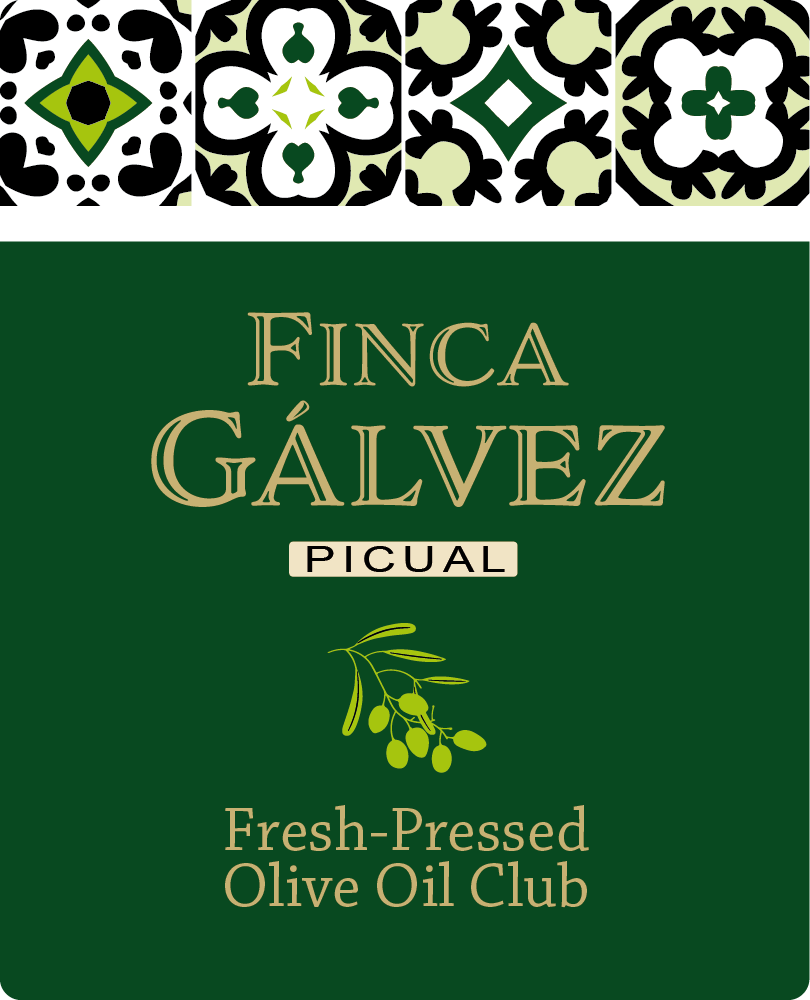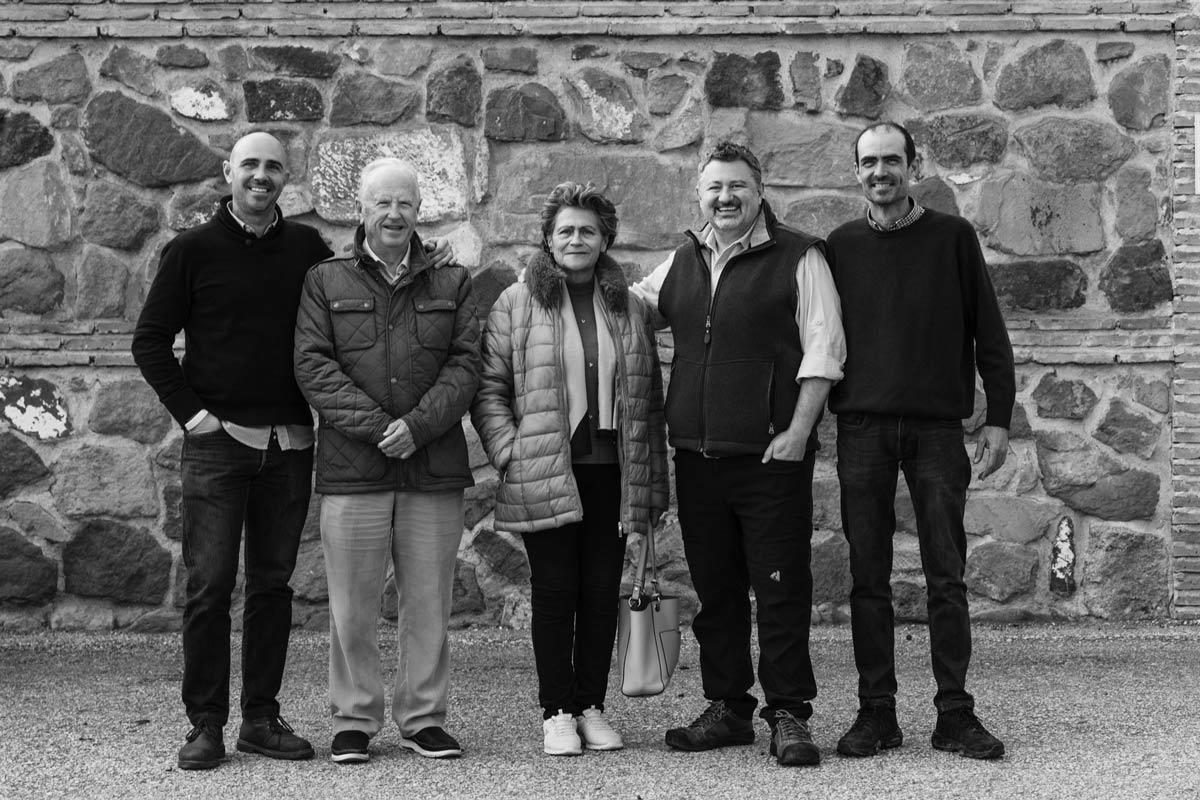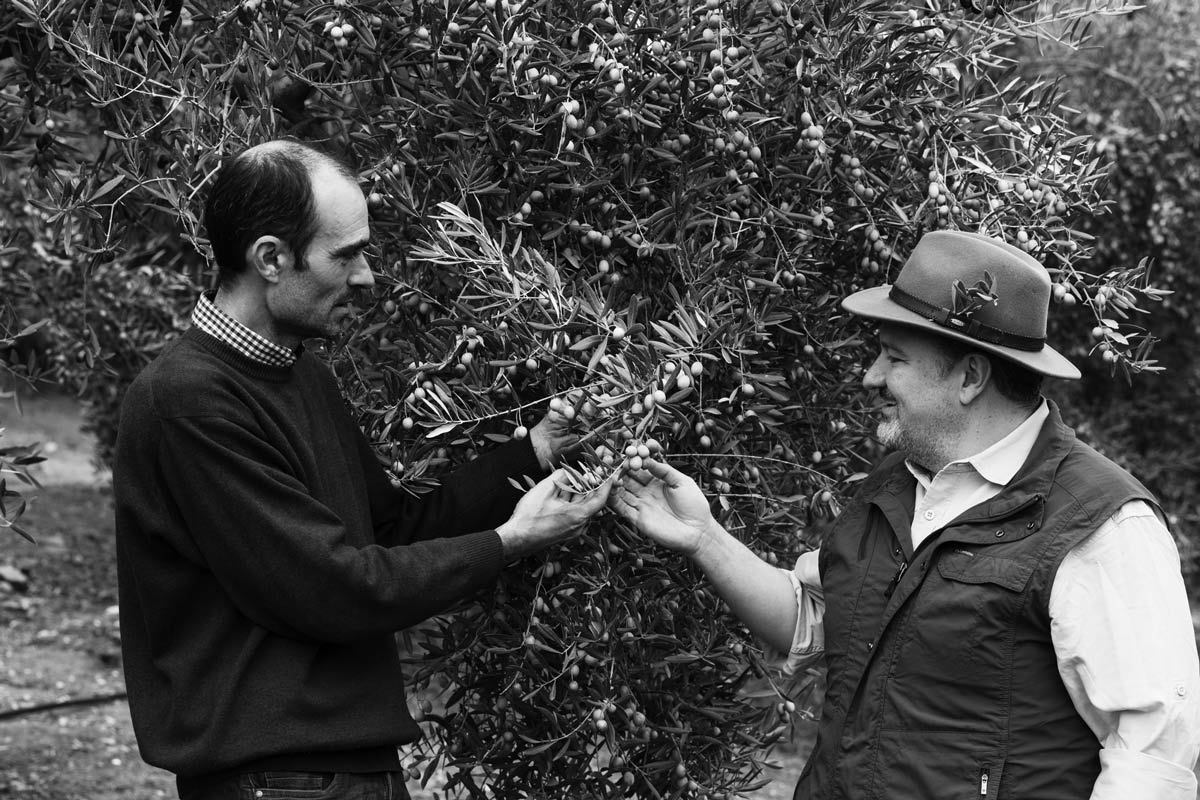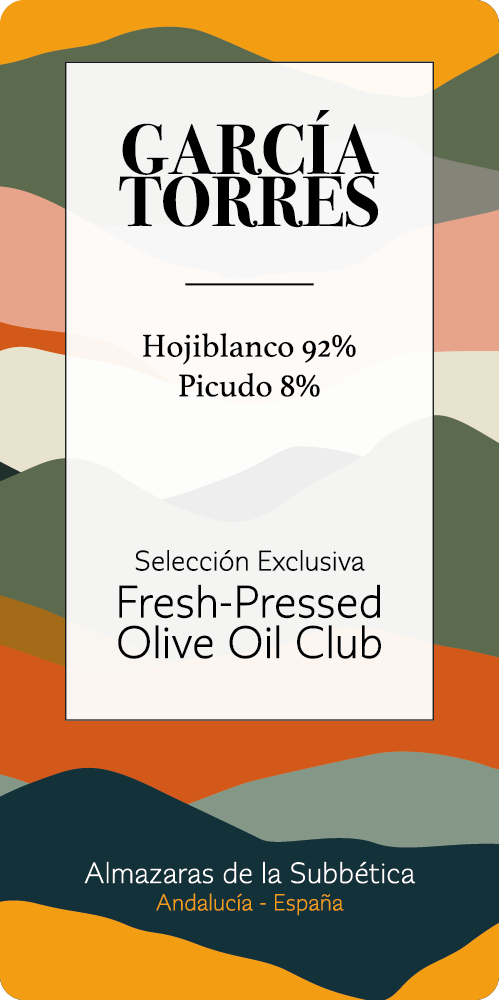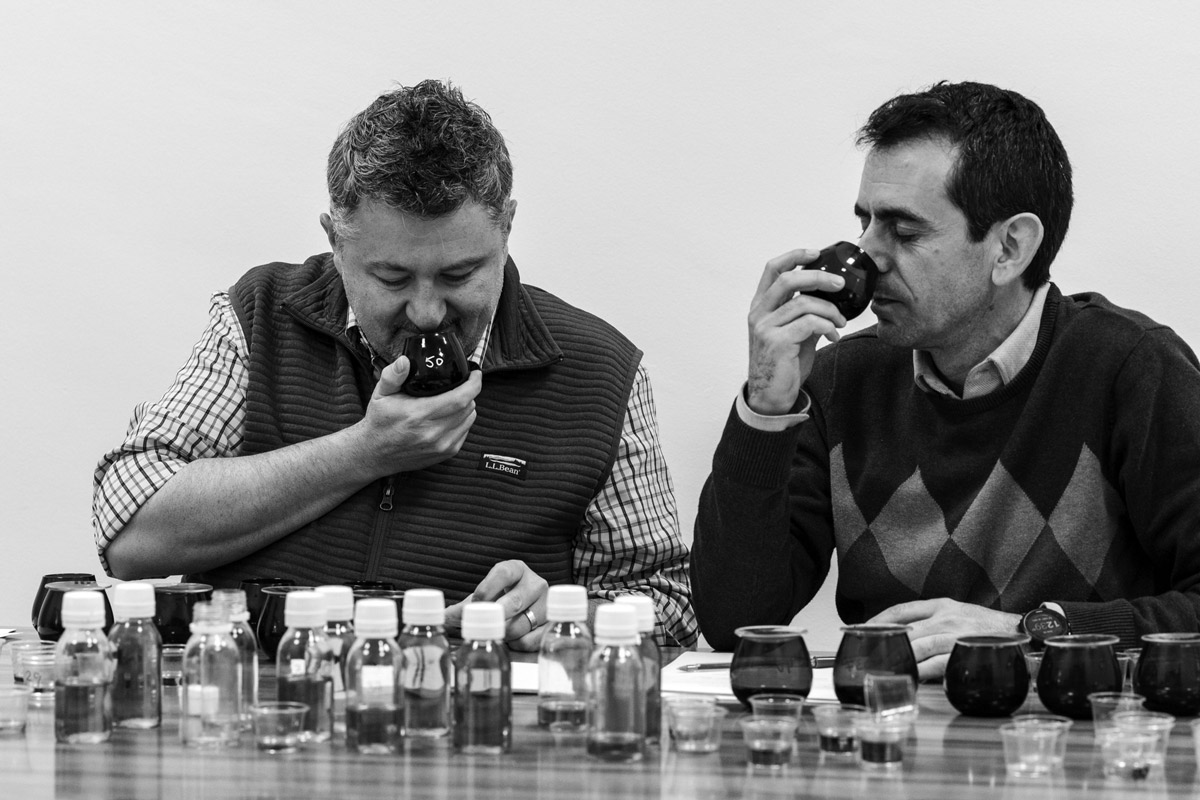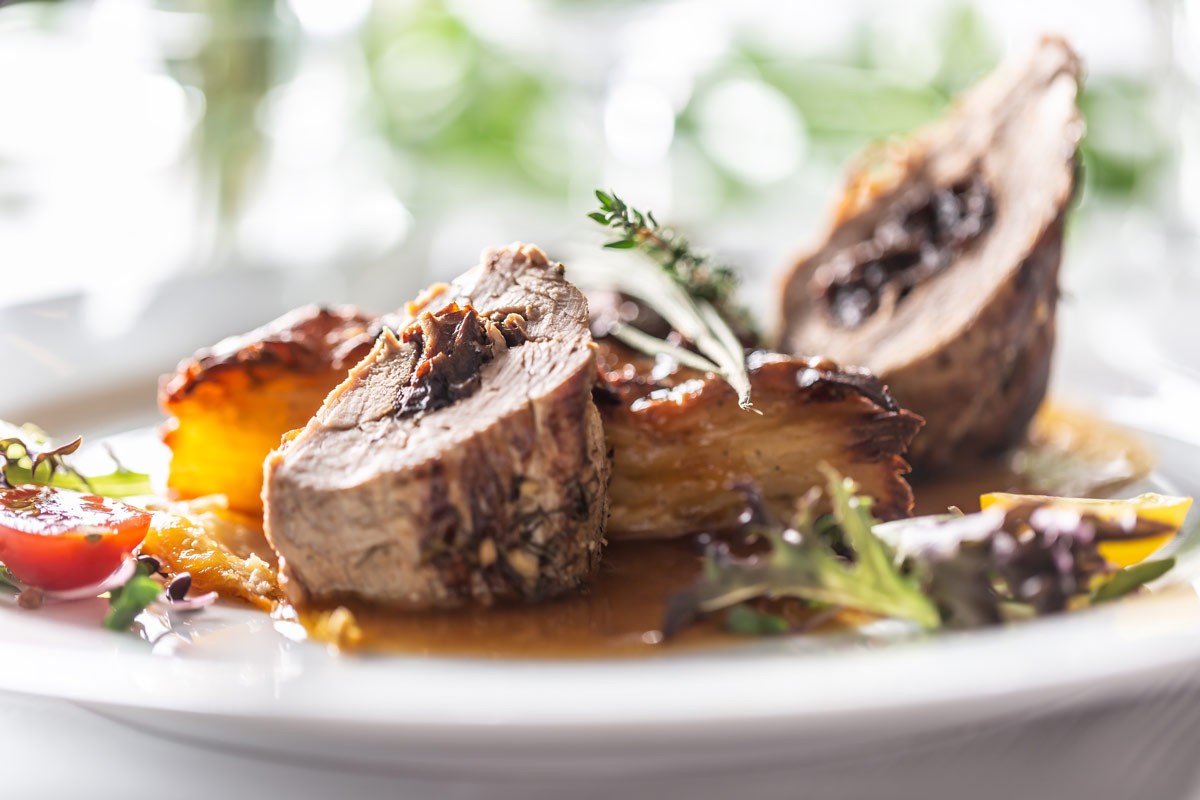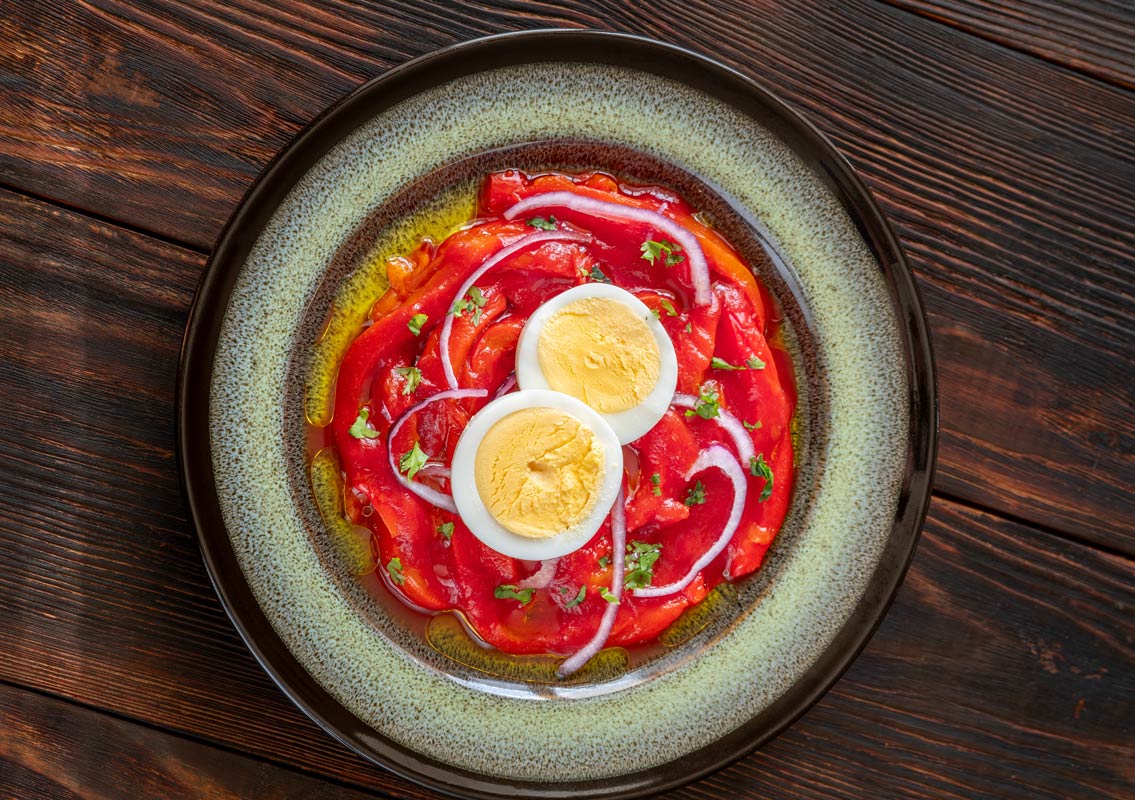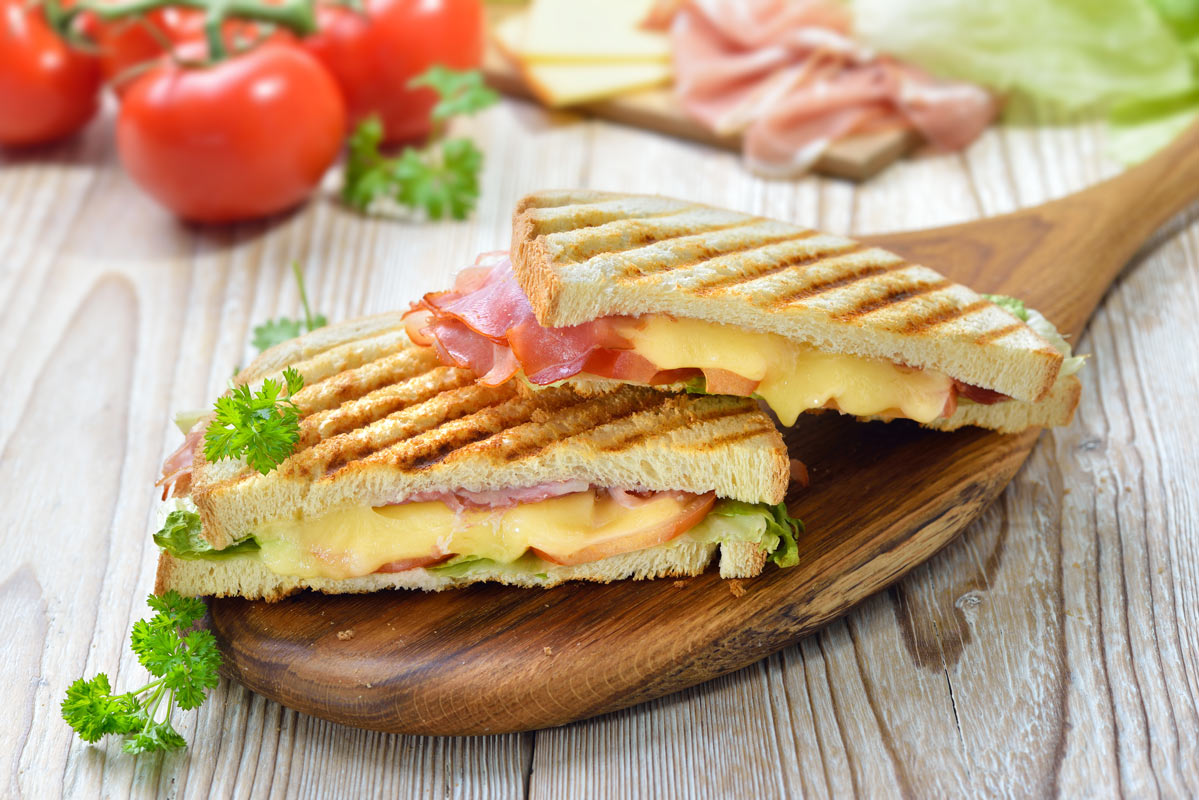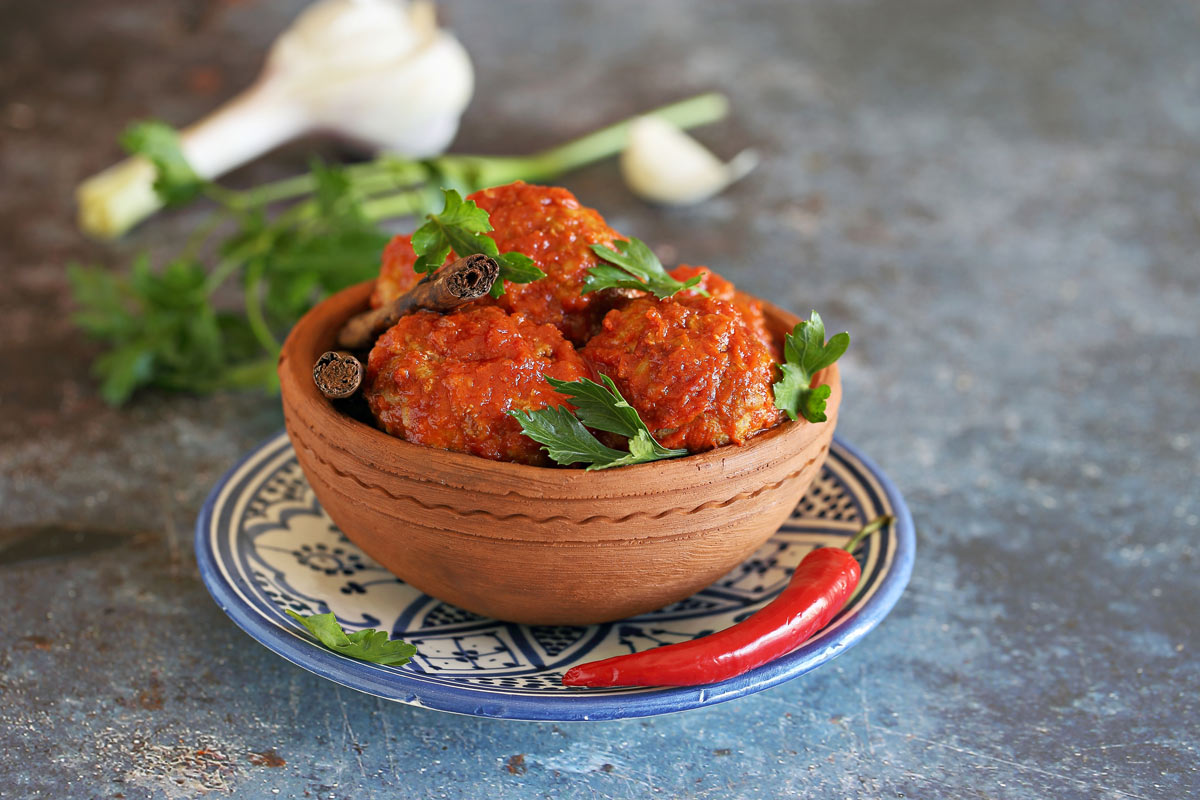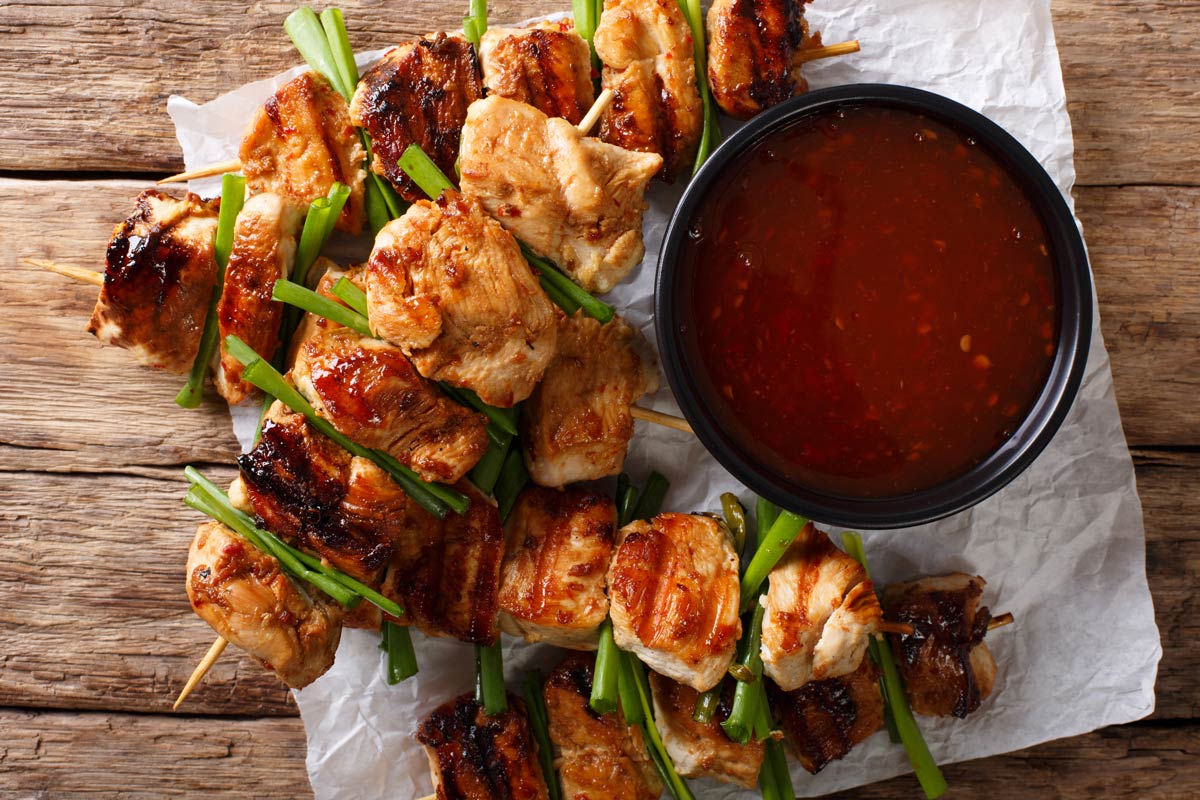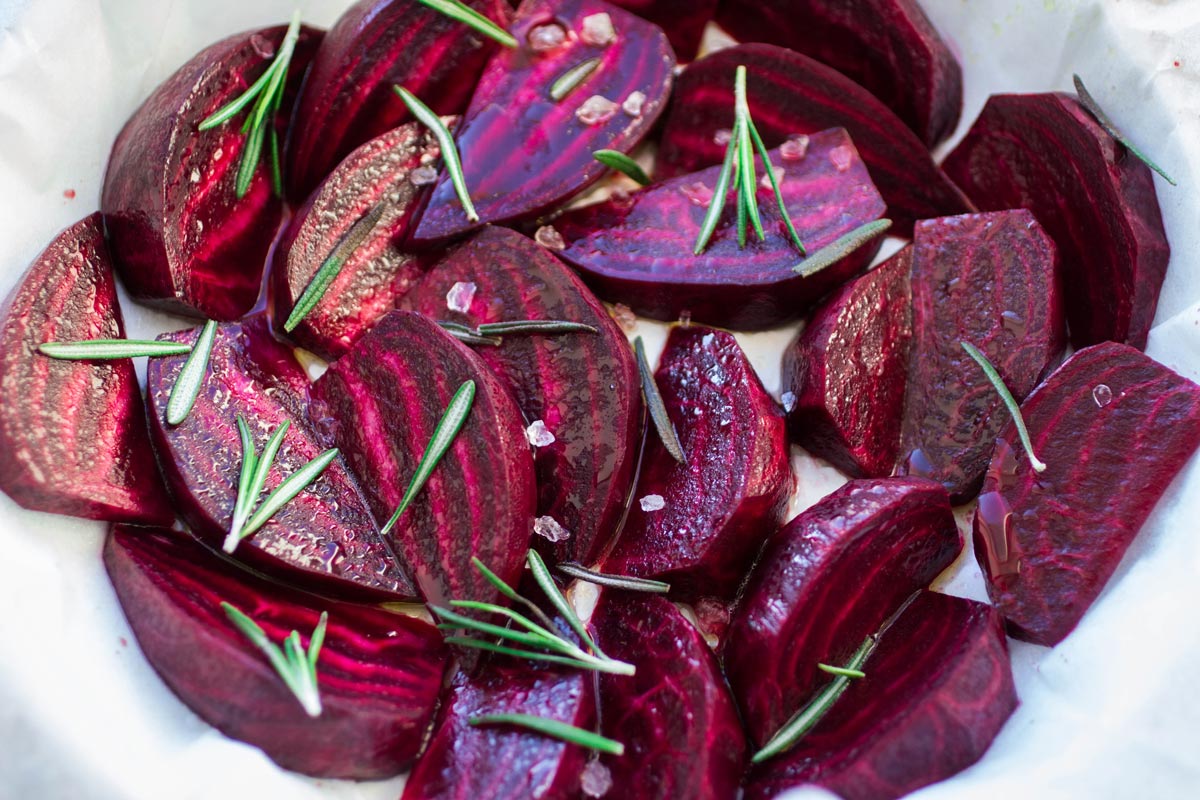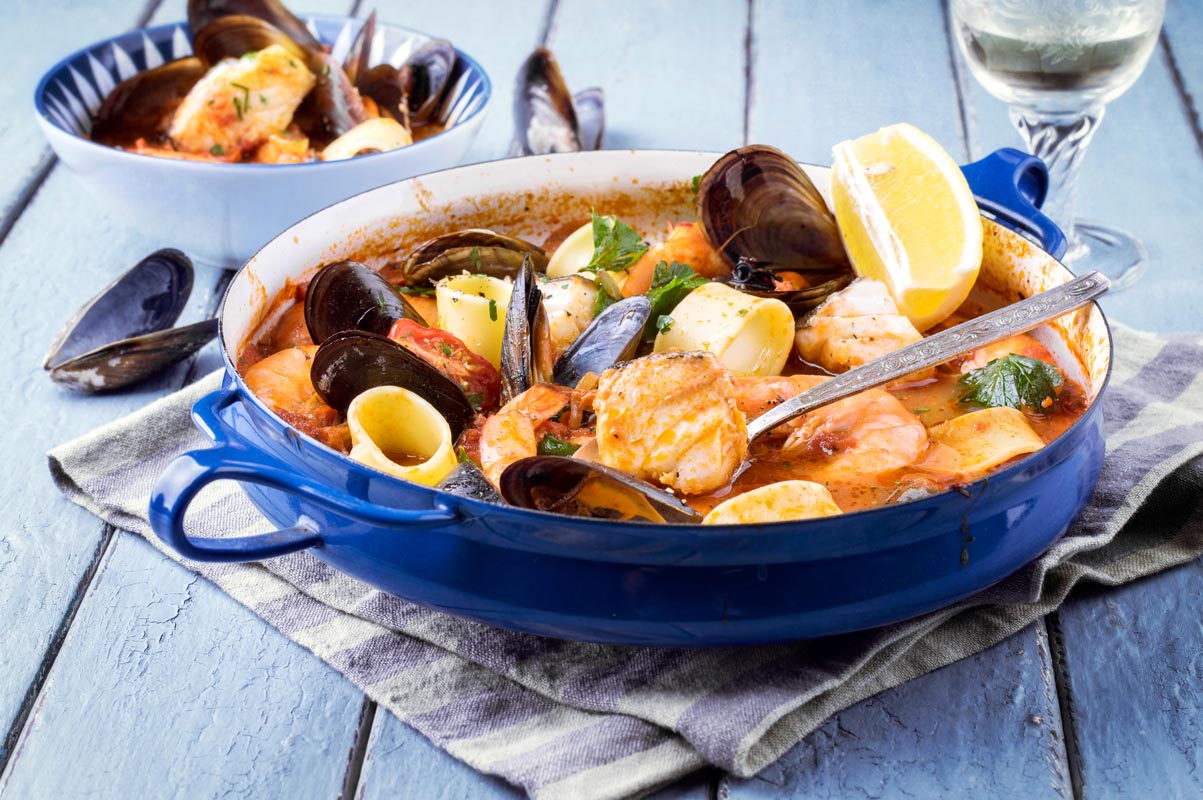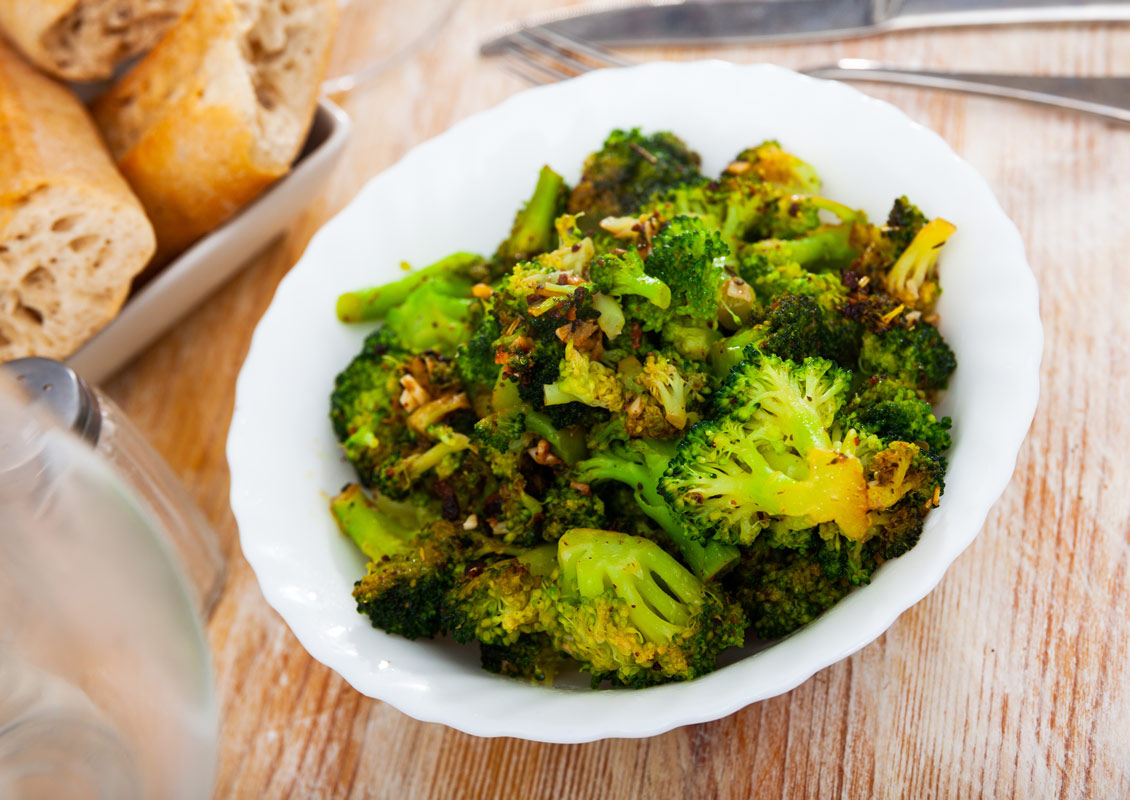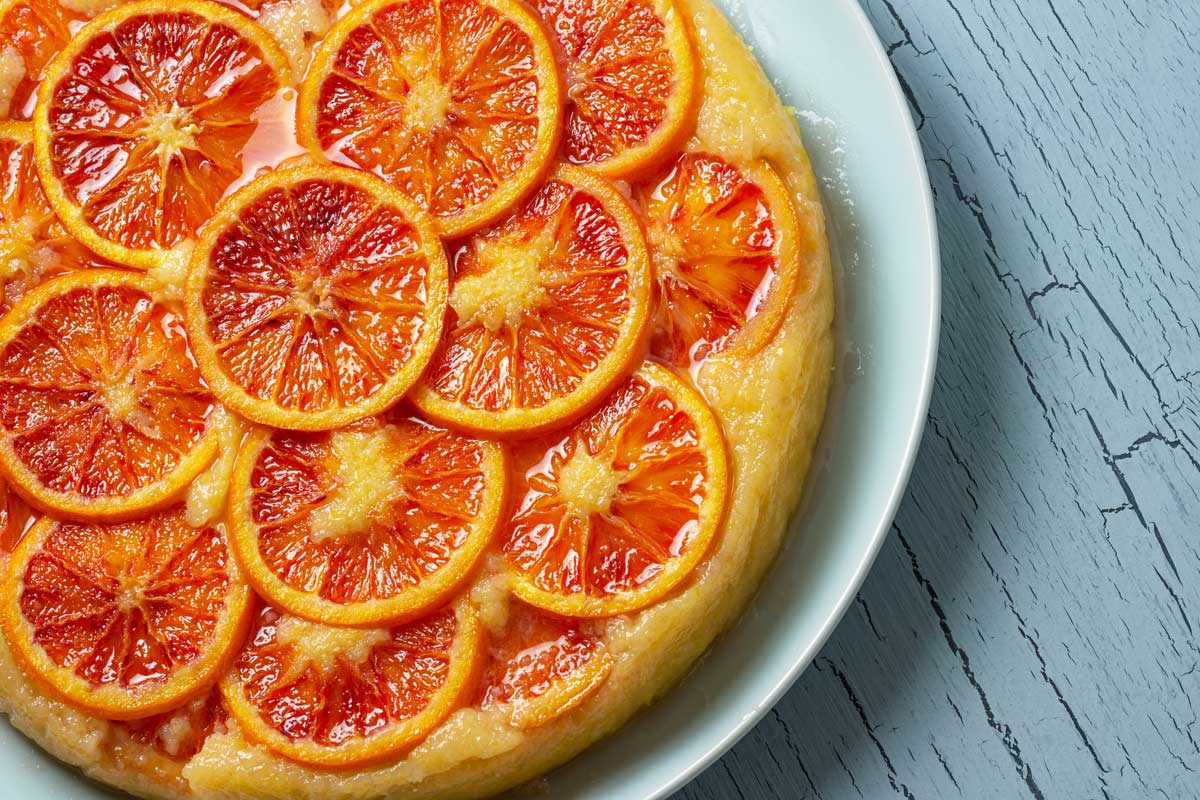Direct from Bella Italia Three Enchanting Extra Virgin Olive Oils That Will Elevate Every Meal and Seasonal Celebration
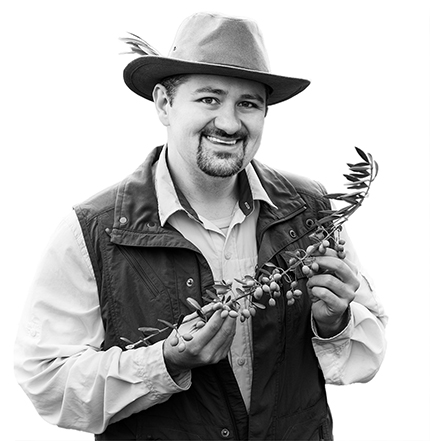
- Chosen by your Olive Oil Hunter and meticulously handcrafted with Italy’s leading artisanal producers.
- Brimming with the polyphenols that confer many of extra virgin olive oil’s health benefits.
- Certified 100 percent extra virgin olive oil by an independent lab and delivered to the US by jet for the ultimate freshness and flavor.
They say that all roads lead to Rome, but, more important, all roads from Rome lead to olives! You can even see olive trees growing in the shadow of the Colosseum along the Appian Way, the ancient thoroughfare that led south.
I’m always happy to be in the Eternal City and even more excited this year. Early intel was that central Italy was having an olive oil comeback—no weather or harvesting drama, just wonderful olives. Spring rains had led to bountiful blossoms and trees heavy with fruit.
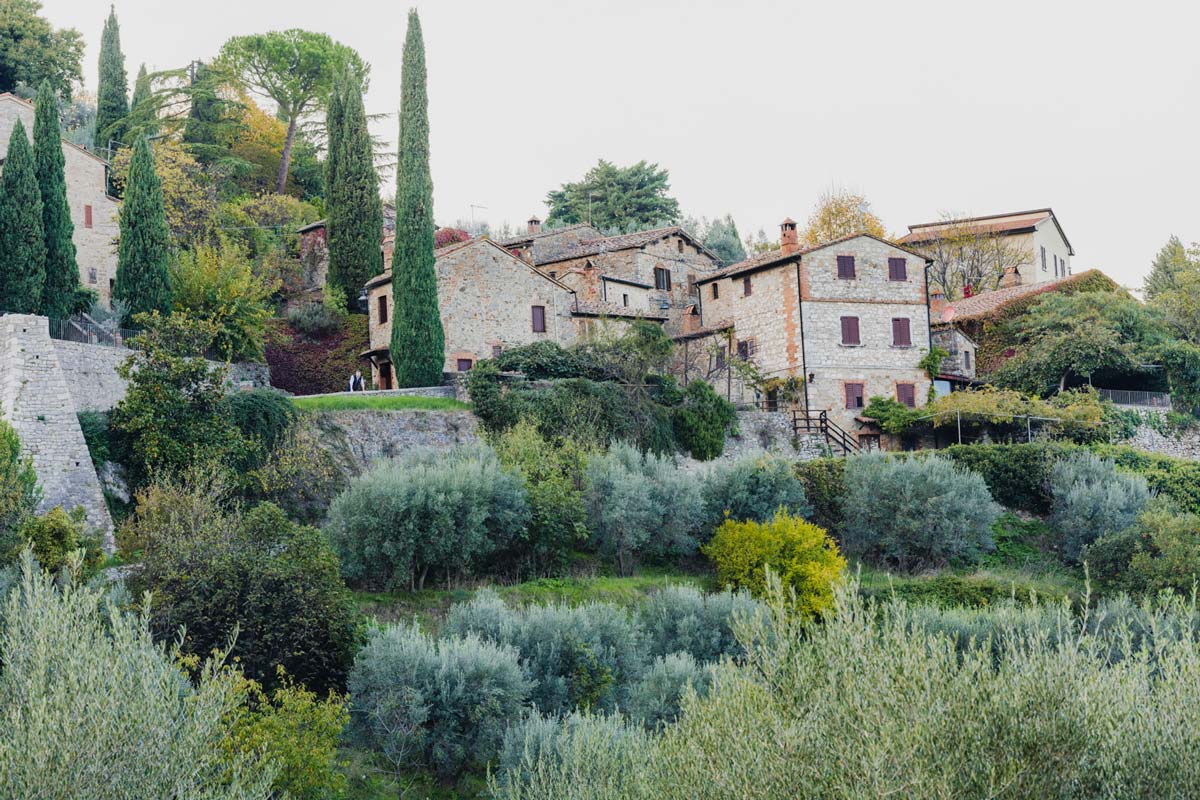
After a hot summer, the hoped-for autumn rains arrived on cue to help promote the right aromas and taste sensations. It’s not hyperbole to say that these were the most glorious looking olives I’ve seen in 10 years.
Sadly, that was not the scenario in southern regions like Calabria and Sicily. So, this trip found my Merry Band of Tasters and me crisscrossing a relatively narrow west-to-east swath of this glorious country. We visited favored-status farms in regions including Lazio, Umbria, and Abruzzo to sample superlative fresh-pressed oils for you, dear Club member, and decide on the best of the best—this season presented us with an embarrassment of riches!
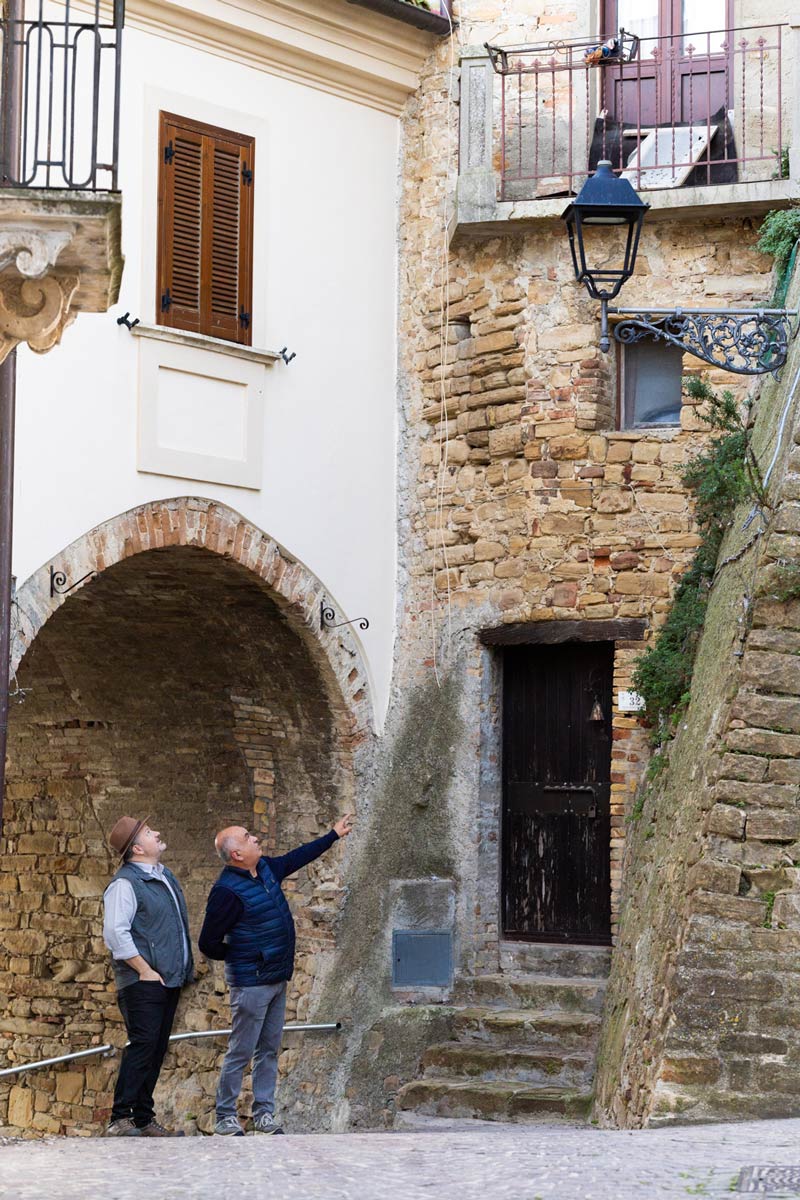
A Happy Surprise
As Club members know, I deeply appreciate having international olive oil authority Duccio Morozzo della Rocca on so many of my olive oil hunts. Duccio is skilled in every aspect of making olive oil, from tree cultivation to the extraction process and, most meaningful for the Club, serves as my right hand in creating specific flavor profiles. Each quarter, our goal is to perfect a trio of oils that will dazzle you—we know how much you appreciate having a mild, a medium, and a bold oil to pair with different foods. The band of central Italy where we traveled this quarter is home to a vast number of microclimates, which help create diverse flavors even within the same olive variety. Our attention was focused on crafting exquisite custom blends with the help of master millers.
Plus, Duccio and I had a surprise for you up our collective sleeve: the debut of an amazing olive oil from northern Puglia, on the Adriatic—specifically, Fratelli Ruggiero, the farm of Nicola Ruggiero and his brother, Mario. Duccio and I began brainstorming months ago for a new way to tantalize your tastebuds, and we decided on Fratelli Ruggiero for multiple reasons, notably, the opportunity to work with a colleague of Duccio’s, Nicolangelo Marsicani. A master miller and olive oil impresario who often advises Nicola, Nicolangelo was particularly thrilled by a very special olive variety, Favolosa—“fabulous” in Italian. The Fratelli Ruggiero oil, our mild selection, more than lived up to the moniker.
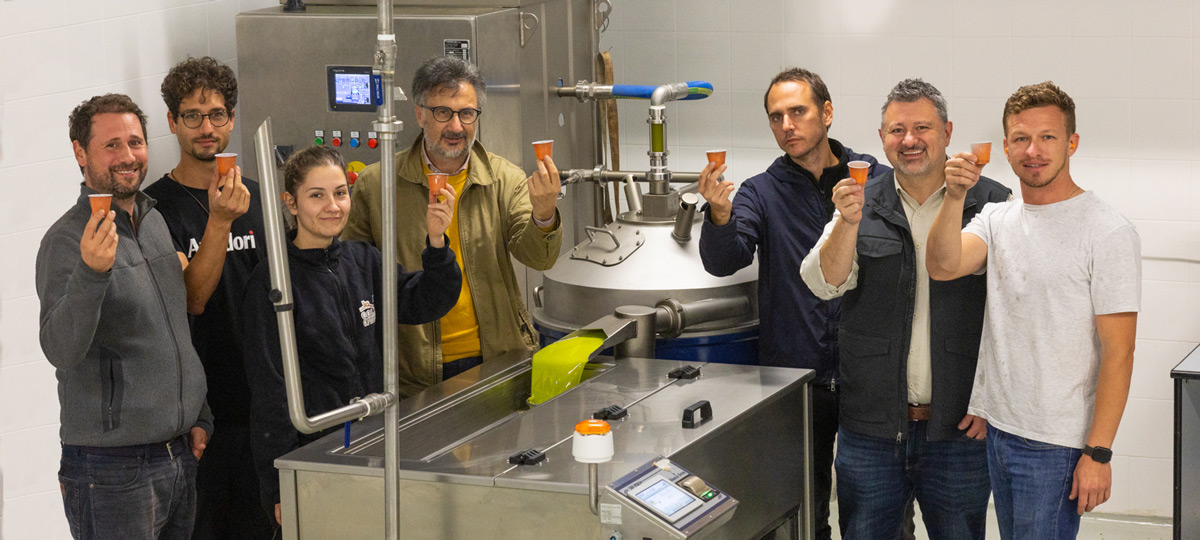
And there’s much more deliciousness that awaits you: a spicy medium oil from Claudio Di Mercurio’s Frantoio Mercurius, with an artichoke profile and hints of green almond, and a vibrant bold oil from Colli Etruschi, the collective led by Nicola Fazzi, with its more almond profile and hints of raw artichoke—two oils from the same “flavor family” but with very different personalities.
Passion You Can Taste
Each frantoio (mill) has its own unique approach to olive cultivation, harvesting, and milling. What these have in common is the passion of the three men at the helms. Ask what drew them to making olive oil, and each will answer that it’s in their blood, that their earliest memories are of the intoxicating aroma of olio nuovo, “new oil,” of the way it elevated even the simplest meals. They also share a determination to keep their farms thriving in the face of a changing climate and to constantly upgrade their processes to obtain the best olives and rush them to the mill—and then to you—as quickly as possible. This level of dedication results in olive oils you will adore and reach for again and again. Enjoy them on your own favorite foods and in the recipes found below, where you’ll find not only regional dishes but also some of the producers’ family favorites, and two from Duccio himself!
Happy drizzling!

T. J. Robinson
The Olive Oil Hunter®
This Quarter’s First Selection
- Producer: Fratelli Ruggiero, Bitonto, Puglia, Italy 2024
- Olive Varieties: Favolosa
- Flavor Profile: Mild

Club members know how much I value the longstanding relationships I’ve developed with the top artisanal olive oil makers around the world. Yet I also delight in expanding our global community when the stars align and I find a new producer whose olive oil sends tingles down my spine and, more importantly, on my palate! It’s with great fanfare that I present the first ever Club selection from Fratelli Ruggiero. In fact, it represents a series of firsts: working with Nicola Ruggiero and his brother Mario, creating an Italian extra virgin olive oil made from Favolosa—“fabulous”—olives, and having it crafted to perfection by renowned master miller Nicolangelo Marsicani, who has been collaborating with Fratelli Ruggiero for many years.
A Modern-Day Renaissance Man
Over the course of his career, Nicola has been deeply involved in local politics and served as president of the first consortium of Italian olive growers—but don’t expect to find him sitting behind a desk. He’s as hands-on as any producer I’ve ever met, working alongside his team in the grove every day. Nicola, who grew up in the coastal city of Bari but whose parents were raised in the countryside near his main farm, is laser-focused on growing olives of the highest quality and is meticulous about every design detail: how far apart his trees are planted, the perfect symmetry of their rows, even edging sections of the field with herbs. And to protect the flavor of his beautiful olives, he makes sure they get from tree to mill in record time.
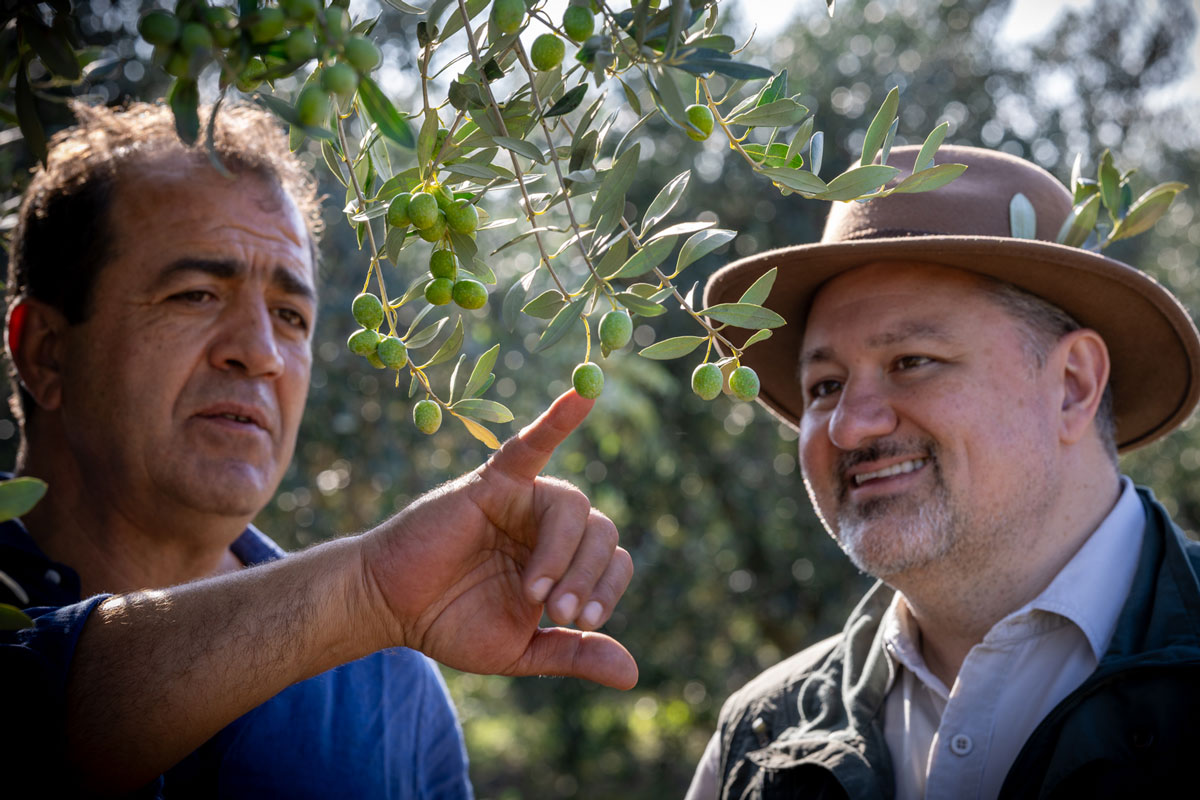
An Olive Oil Concerto
Once our amazing fruit arrived at the mill, it rested on Nicolangelo to turn it into amazing olive oil. With Nicolangelo, I’ve come full circle: he and I first met 10 years ago, at his farm in Cilento National Park in Campania. I had hoped to introduce his own oil to the Club in those early days—I loved the quality, but there just wasn’t enough of it. Also, he might have been a bit apprehensive back then about just who the “Olive Oil Hunter” was, but now he knows we share the same goal of creating the highest-quality olive oil and expanding the audience of people who appreciate it how superior it is to run-of-the-mill (pun intended) products.
Crafting an oil for the Club was a challenge Nicolangelo embraced. Favolosa was the hands-down varietal of choice, but he knew it had to satisfy our desire for a predominantly green-grass-and-tomato-leaf profile. One of his greatest skills is being able to tune Fratelli Ruggiero’s state-of-the-art milling machinery, just as a concert violinist tunes their instrument, to achieve just the right aromatic balance of bitterness, spiciness, and fruitiness.
Nicolangelo, whose appreciation for fresh olive oil was born as tantalizing aromas wafted up to his childhood bedroom above his family’s mill, has spent much of his career studying transformative ways of growing, harvesting, and milling olives to create as perfect an oil as possible. Like Nicola, he’s very specific about parameters: his own preference is to harvest olives early, when they’re green and have a 58% humidity content. That signals the right ratio of pulp, water, and oil inside the olive, essential to achieving the right aroma. Our Favolosa olives were harvested at that precise moment, and all their characteristics have been captured in the bottle you have before you.
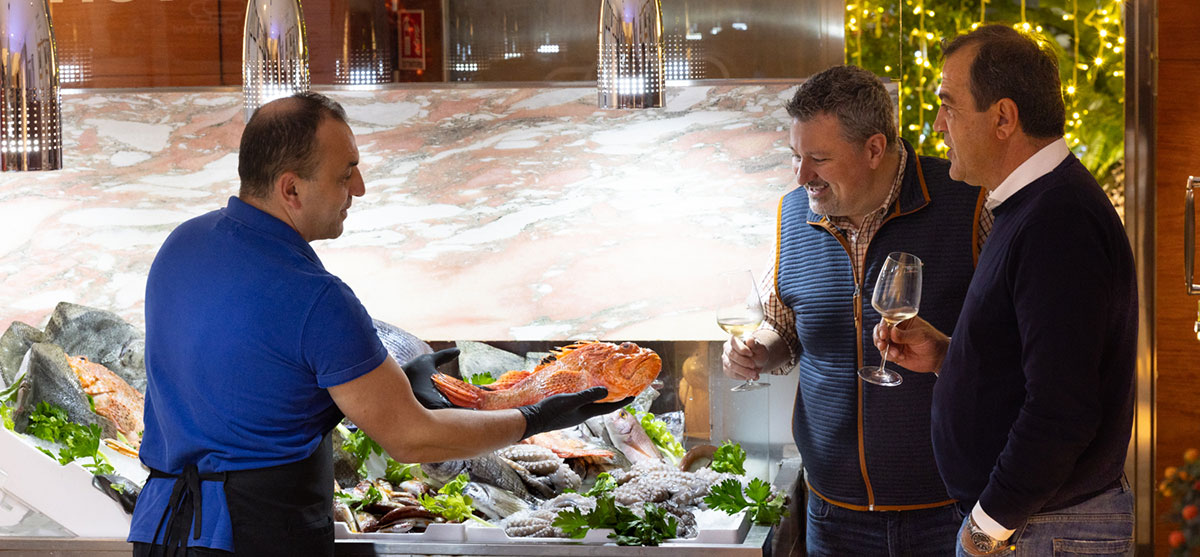
Impressions and Recommended Food Pairings
This is a beautiful expression of the Favolosa olive, an exciting and complex mild olive oil. On the nose, it’s grassy, with notes of tomato leaf, celery leaf, kale, thyme, basil, oregano, wheatgrass, green banana, green apple, and cinnamon. A vegetable garden in a bottle and on the palate, we tasted fennel, green tomato, wheatgrass, sweet basil, baby spinach, celery, carrot tops, the sweetness of Asian pear, the bitterness of walnuts, and a hint of the spiciness of Szechuan peppercorns.
It will elevate insalata Torre a Cona and other greens; salads with fruit; Duccio’s pastina soup, tomato-based soups and pasta sauces; turkey involtini; filetto di pesce in crosta di patate and other delicate fish; spinach and squash lasagna; pizza; carrot, sweet potato, or squash dishes; Caprese salad and other mozzarella dishes; goat cheese; and crusty breads.
*See the recipe section below for bolded dishes.
This Quarter’s Second Selection
- Producer: Frantoio Mercurius Penne, Abruzzo, Italy 2024
- Olive Varieties: Dritta, Raggia
- Flavor Profile: Medium
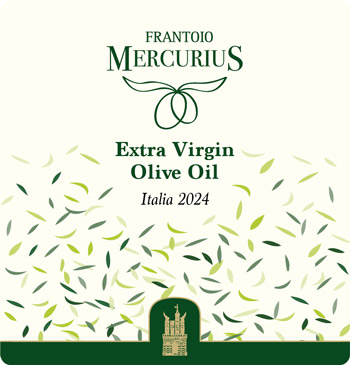
“When I get an email from America, I know it is from T. J.,” confided Claudio Di Mercurio. The gregarious leader of Frantoio Mercurius, Claudio not only received excited, inquiring emails from me throughout the growing season but also—for an unprecedented seventh year in a row—collaborated on another extraordinary ultra-premium EVOO for our Club.
How has this tiny, 60-acre family enterprise in central Italy’s Abruzzo region been able to sustain such an extended winning streak? I’d attribute it to a combination of artisanal vision, meticulous planning, geographical specificity, immeasurable sweat equity, and a rare Italian olive, native to Abruzzo, called Dritta.
Rhymes with Rita
I had never heard of Dritta when I first visited Claudio’s farm, in 2018. As the Olive Oil Hunter, it is part of my life’s mission to sample and savor as many of the earth’s hundreds of olive varieties as I can, at least 550 of which are indigenous to Italy. Dritta lives up to its name, which translates variously as “consistent, dependable, trustworthy.” Unlike most cultivars, which alternate between years of high production and low, Dritta bears fruit consistently each year. Claudio’s team grows Dritta on about 70% of the land, with the other 30% devoted to an array of Italian varietals. Frantoio Mercurius is nestled in a microclimate, protected from weather extremes by the Apennine mountains to its north and the Mediterranean to the east.
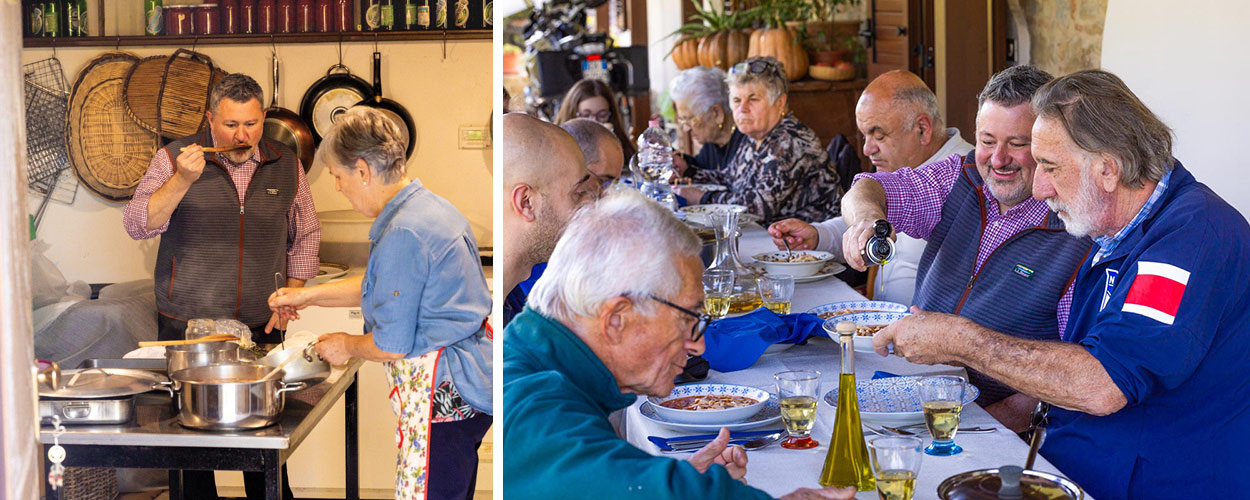
Heart of an Artisan, Mind of an Engineer
Claudio founded the operation in 2009 with the mission of creating ultra-premium EVOO. A systems engineer by trade, he consulted—before pressing a single drop—with the esteemed Italian olive mill manufacturer Giorgio Mori. It’s no surprise that Frantoio Mercurius operates a state-of-the-art Mori mill with a special knife crusher and a technologically advanced cooling system that keeps the olive paste at a low temperature, helping to preserve the aromas and polyphenols in the EVOO. Frantoio Mercurius brought Abruzzese olive oil into the 21st century, winning regional awards in its very first pressing season.
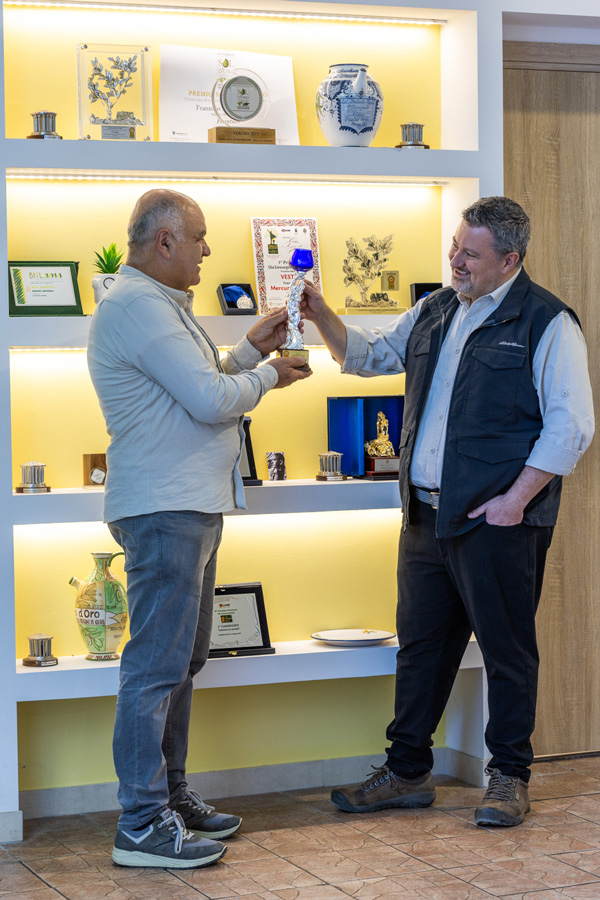
The Embrace of Family and Food
When I and my Merry Band of Tasters arrived for the recent harvest, we were thrilled that Claudio and his sister Graziella extended an invitation for us to visit their family home, up in the mountains. In the late 1950s, Claudio explained, his father traveled to the US and worked in New York for a period, earning enough money to purchase land in Abruzzo upon his return. The Di Mercurios’ home took several years to build; they moved in when Claudio was six, in 1970.
What a joy it was to stroll the narrow, medieval-era streets of Appignano. And, oh mio Dio—the food! I knew Graziella was an outstanding cook, but witnessing her cooking shed, with gigantic pasta pots and wood ovens, and dining in her kitchen, surrounded by jars of fresh tomato passata, beauteous heirloom beans, a giant platter of foraged porcini mushrooms, and strings of dried pepperoncini—it was as though I had died and gone to heaven.
You may feel similarly transported when you taste this incredible exclusive Club selection. Initially, we had planned on a single-varietal Dritta, but when Claudio brought out samples of just-pressed Raggia, another rare local varietal, we discovered that a tiny amount of it fine-tuned the complexity and food-friendliness for a harmonious blend. From Abruzzo to your table, buon appetito!
Impressions and Recommended Food Pairings
The unique union of Dritta and Raggia olives joins two distinct personalities that enhance each other. We inhaled artichoke, dark leafy greens, radicchio, sweet hay, dark chocolate, and the sweetness of hazelnuts with a touch of pear and wild mint. On the palate, we again noted artichoke as well as spinach and dandelion greens, fresh walnuts and hazelnuts, the spiciness of celery leaves with hints of rosemary and nasturtium, and a persistent bitterness reminiscent of cacao nibs.
Lavish this oil on salads with nuts, Graziella’s pizza di scarola and focaccia, ancient grains like farro and spelt, brown rice, fave e cicoria, borlotti and other deeply hued beans, braised dark greens, roasted artichokes, shellfish and squid, beef dishes, pasta in walnut cream, recipes with nutmeg, breakfast smoothies, and brownies and other chocolate desserts.
*See the recipe section below for bolded dishes.
This Quarter’s Third Selection
- Producer: Colli Etruschi, Blera, Lazio, Italy 2024
- Olive Varieties: Canino
- Flavor Profile: Bold
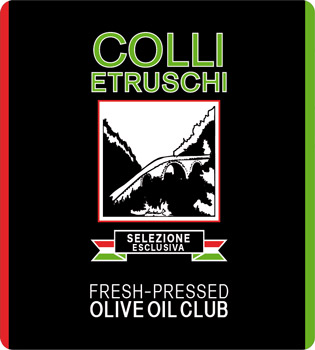
Enthusiastic early reports from my scouts made me excited about collaborating once again with Nicola Fazzi and the historic cooperative Colli Etruschi, in the central Italian town of Blera. Veteran Club members will recall that we featured glorious EVOOs from this award-winning co-op in 2022 and 2019. Yet, whenever I’d touch base with Nicola about how the season was going, he’d respond only with an affirmative but tempered, “Good.”
My own tendency is to reach for superlatives when they’re deserved, but I know why he was cautious. Earlier this season, Colli Etruschi invested in a brand-new, state-of-the-art olive mill—and, as when a professional musician switches instruments or a race-car driver changes cars, Nicola was hesitant to pronounce it a successful upgrade until he had the proof in hand.
Now, my lucky Club member, you have the proof in hand, this sensational single-varietal Canino—the first official pressing from Colli Etruschi’s beautiful new Haus mill (Haus is a forward-thinking Turkish manufacturer). As soon as my Merry Band of Tasters and I had a hint of this liquid gold on our tastebuds, the unanimous cry was, “We’ve gotta have this oil!” Immediately, Nicola became more animated—it was as though he had been holding his breath, waiting for our approval. His excitement bloomed, and he proudly proclaimed this one of the best oils in his three decades with the co-op.
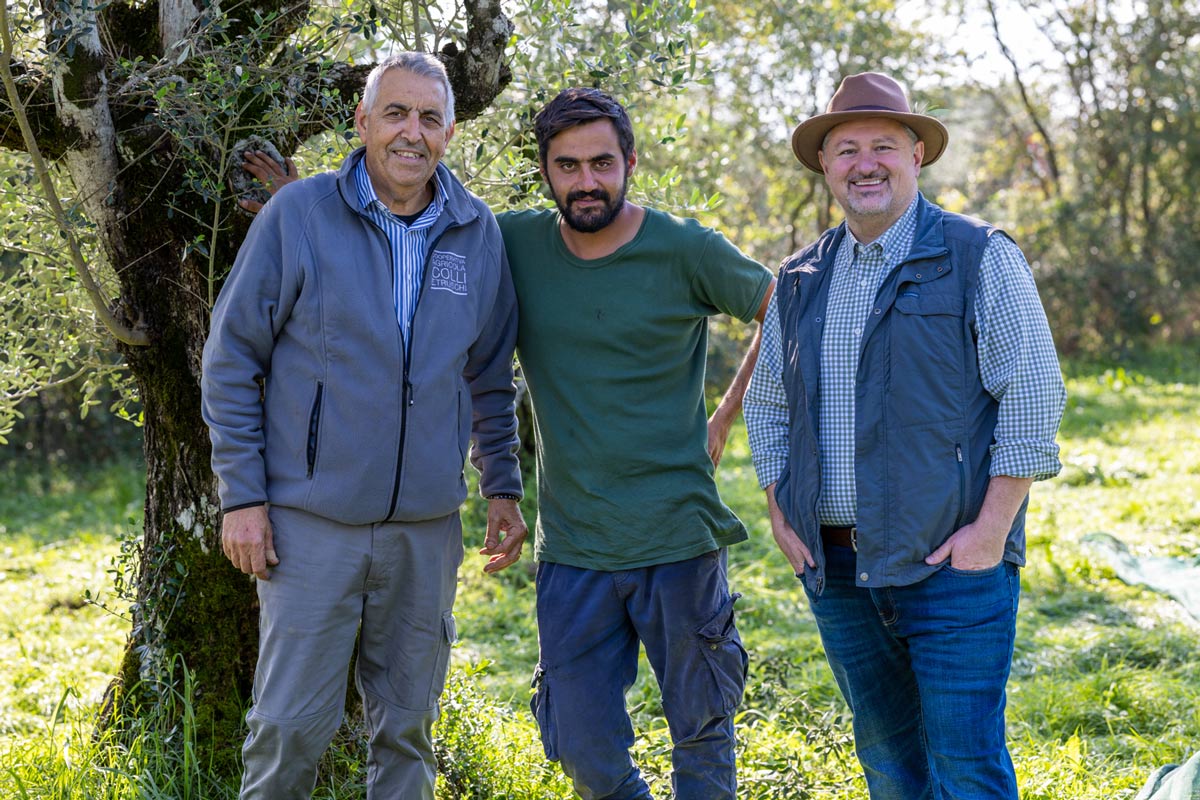
Local Heroes
Colli Etruschi was founded in 1965 by 18 local olive farmers who recognized that, with a cooperative model and shared mill, they could combine their talents, labor, and fruit to support one another through both bumper crops and lean harvests. When Nicola entered its ranks, 33 years ago, fresh out of agronomy school, he saw an opportunity to intensify the focus on quality and market the co-op’s EVOO commercially. Now, Colli Etruschi involves hundreds of small-scale olive farmers and continues its multifaceted mission to produce excellent olive oil, pay its members a living wage, practice sustainable agriculture, and give back to the community.
A Community of Excellence
Today, Nicola’s daughter, Isabella, works for the co-op in communications and marketing, and his son, Alessandro, is dedicated to rehabilitating a local grove of abandoned olive trees. Nicola, born in Blera, looks forward to retiring “in about 10 years.” Meanwhile, his innovations never cease: with the new mill, Colli Etruschi can prioritize early-harvest pressing of green olives (my preference, as Club members know, for optimizing flavors and polyphenols). I felt like a kid in a candy shop in the late afternoon, as farmers delivered bushels, baskets, and bins of just-picked, perfectly shaped, light-green olives, kilos and kilos of them, which would be rushed to the mill, cold-washed, and pressed into the golden-green elixir I have delivered to you.
Nicola prizes the herbaceous complexity of this oil, a blend of several separate pressings of Canino olives. This robust, gorgeously aromatic blend radiates dimension and personality greater than the sum of its parts.
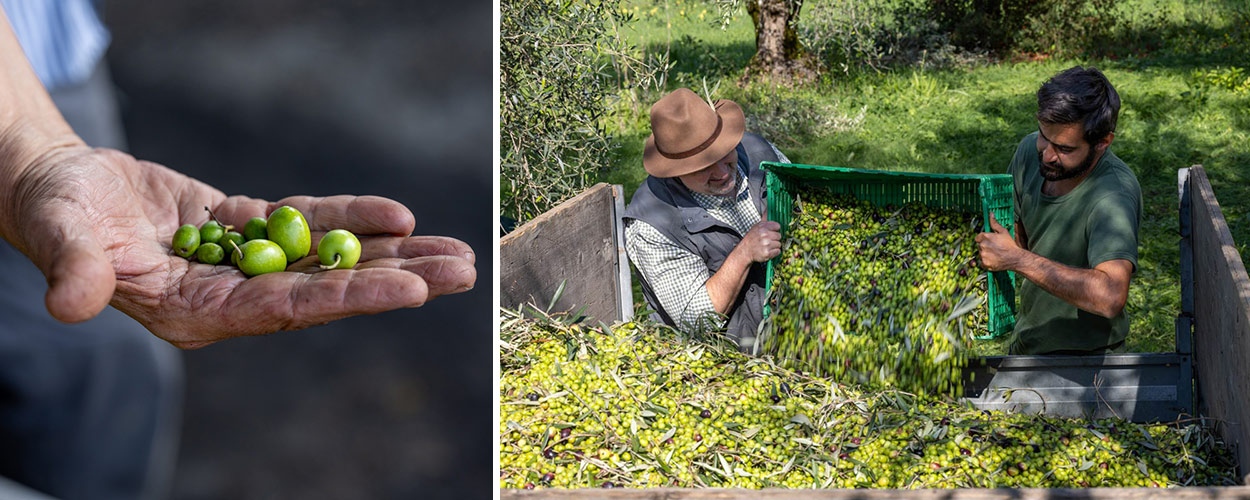
Impressions and Recommended Food Pairings
A vibrant, full-flavored crowd-pleaser, the aroma of this Canino is beautifully grassy, with notes of chopped culinary herbs, sweet almond, fennel, mint, and whiffs of lemon, vanilla, and arugula. We tasted the sweetness of almond with the spiciness of arugula and white pepper, the intense bitterness of radicchio, and hints of green apple and microgreens, with a lingering spicy finish.
This oil pairs beautifully with chicken cacciatore alla Romana, carpaccio, tuna and other meaty fish, octopus, risottos, beans, winter soups and braises, roasted root vegetables, wild mushrooms, roasted radicchio, broccoli and other cruciferous vegetables, celery leaf bruschetta and other bruschetta toppings, roasted radicchio, porchetta spread, aged cheeses, millefoglie two ways, vanilla ice cream, and yogurt parfaits.
*See the recipe section below for bolded dishes.
Olive Oil and Health
Part II: The Power of Polyphenols
A large body of evidence shows that daily consumption of EVOO can significantly reduce the risk of cardiovascular disease (CVD). Part I of this two-part series highlighted the contributions of oleic acid (OA). The other bioactive components of EVOO that protect against CVD are its more than 30 polyphenols.
Factors that contribute to CVD include oxidative stress, inflammation, cholesterol, blood-vessel function, and high blood pressure (hypertension). Below, we’ll look closely at the mechanisms by which polyphenols work in the body to modify and improve these factors.
What are polyphenols? Polyphenols are naturally occurring substances in many plants and fungi. Most polyphenols are antioxidants, which means they help neutralize chemical compounds formed in the body that can damage cells. Hydroxytyrosol (HT) has been identified as the polyphenol in EVOO that is essential in the prevention of CVD.
HT combats oxidative stress
Oxidative stress can cause cell mutations and has been identified as an underlying cause of multiple aspects of CVD. Injured tissues release ions—charged particles—that bind to oxygen, creating an excess of unstable molecules. As an antioxidant, HT directly neutralizes these unstable molecules, or reactive oxygen species (ROS). HT has also been shown to inhibit the cell damage produced by ROS and to enhance the antioxidant abilities of cells in the blood vessel walls.
Lowers inflammation
HT can block some of the processes that signal for cells to mount an inflammatory response. In this way, HT reduces the impact of inflammatory substances that are linked to oxidative stress as well as to impaired blood vessel function, a key risk factor for CVD.
Reduces “bad” cholesterol and improves “good”
Polyphenols reduce the amount of small molecules of LDL (“bad” cholesterol), which do the most damage. Polyphenols also help prevent LDL from forming plaques that build up in the arteries,
or atherosclerosis. In a 3-week clinical trial, HDL (“good” cholesterol) functioning improved significantly in healthy patients who consumed high-polyphenol EVOO, compared with low-polyphenol EVOO.
Protects the blood vessel lining and lowers blood pressure
Polyphenols help prevent damage to the endothelium, the inner lining of the blood vessel walls, by increasing the production of nitric oxide (NO), a vasodilator—a substance that relaxes the blood vessels. By enhancing the production of NO, polyphenols can improve endothelial function, protect against arterial stiffness, and lower blood pressure.
References: 1. Lu Y, Zhao J, Xin Q, et al. Food Science and Human Wellness. 2024;13:529-540. 2. Pandey KB, Rizvi SI. Plant polyphenols as dietary antioxidants in human health and disease. Oxid Med Cell Longev. 2009;2(5):270-278. doi:10.4161/oxim.2.5.9498 3. Lobo V, Patil A, Phatak A, Chandra N. Pharmacogn Rev. 2010;4(8):118-126. 4. Hernáez Á, Fernández-Castillejo S, Farràs M, et al. Arterioscler Thromb Vasc Biol. 2014;34(9):2115-2119.
Kudos from Club Members
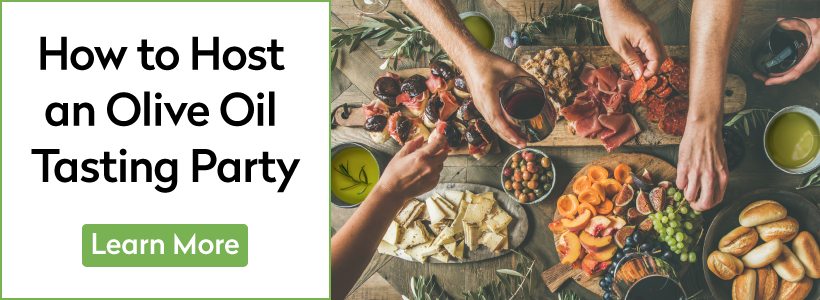
Recipes
 Fave e Cicoria A silken purée of fava beans served alongside braised wild chicory is another Pugliese classic, one we enjoyed at Ai 2 Ghiottoni in Bari with the folks from Fratelli Ruggiero. While it’s possible to find fava beans (dried or frozen) in the US, wild chicory is elusive—dandelion greens are a great stand-in and available at… view recipe
Fave e Cicoria A silken purée of fava beans served alongside braised wild chicory is another Pugliese classic, one we enjoyed at Ai 2 Ghiottoni in Bari with the folks from Fratelli Ruggiero. While it’s possible to find fava beans (dried or frozen) in the US, wild chicory is elusive—dandelion greens are a great stand-in and available at… view recipe Chicken Cacciatore alla Romana This is the second family recipe Duccio shared with the Club. Considered a “white” cacciatore because it doesn’t have tomatoes, this one-pot prep was traditionally used for making rabbit. It is succulent and flavorful. Taggiasca olives are available in some gourmet food shops and online; you can also substitute your favorite fruity brined olives. Ingredients… view recipe
Chicken Cacciatore alla Romana This is the second family recipe Duccio shared with the Club. Considered a “white” cacciatore because it doesn’t have tomatoes, this one-pot prep was traditionally used for making rabbit. It is succulent and flavorful. Taggiasca olives are available in some gourmet food shops and online; you can also substitute your favorite fruity brined olives. Ingredients… view recipe Pasta in Walnut Cream This recipe was inspired by a pasta dish my Merry Band of Tasters and I enjoyed at Dal Sor Francesco, a restaurant in Vetralla near the Colli Etruschi mill that we try to visit every year. We arrived at the height of fresh walnut season and saw the nuts everywhere. Walnut sauce is actually a… view recipe
Pasta in Walnut Cream This recipe was inspired by a pasta dish my Merry Band of Tasters and I enjoyed at Dal Sor Francesco, a restaurant in Vetralla near the Colli Etruschi mill that we try to visit every year. We arrived at the height of fresh walnut season and saw the nuts everywhere. Walnut sauce is actually a… view recipe Millefoglie Two Ways Millefoglie, the Italian version of the French millefeuille, is extremely popular throughout the country. For chocolate lovers, I’m including a variation made with thin layers of chocolate in place of the puff pastry. Both get filled with a rich and creamy sweet cheese filling. The filling ingredients yield enough for either 8 pastry or 8… view recipe
Millefoglie Two Ways Millefoglie, the Italian version of the French millefeuille, is extremely popular throughout the country. For chocolate lovers, I’m including a variation made with thin layers of chocolate in place of the puff pastry. Both get filled with a rich and creamy sweet cheese filling. The filling ingredients yield enough for either 8 pastry or 8… view recipe Turkey Involtini This dish is a celebration showstopper with ingredients that reflect the colors of the Italian flag. The key is to have your butcher debone and butterfly a large, fresh turkey breast, leaving the skin on, and then to pound it to an even thickness for easier rolling. Ingredients 1 small yellow onion, about 4 ounces… view recipe
Turkey Involtini This dish is a celebration showstopper with ingredients that reflect the colors of the Italian flag. The key is to have your butcher debone and butterfly a large, fresh turkey breast, leaving the skin on, and then to pound it to an even thickness for easier rolling. Ingredients 1 small yellow onion, about 4 ounces… view recipe Spinach and Squash Lasagna This is a flavorful meatless take on traditional lasagna. Many markets now sell fresh lasagna sheets or boxes of “no-boil” dry lasagna sheets that soften while cooking, thanks to the moisture from other ingredients. Ingredients 5 tablespoons extra virgin olive oil, divided use, plus more for drizzling 2 pounds whole squash or 1 3/4 pounds… view recipe
Spinach and Squash Lasagna This is a flavorful meatless take on traditional lasagna. Many markets now sell fresh lasagna sheets or boxes of “no-boil” dry lasagna sheets that soften while cooking, thanks to the moisture from other ingredients. Ingredients 5 tablespoons extra virgin olive oil, divided use, plus more for drizzling 2 pounds whole squash or 1 3/4 pounds… view recipe Graziella’s Pizza di Scarola This escarole-stuffed pizza is one of the many delicious dishes that Graziella Di Mercurio cooked for us after our visit to the family mill, Frantoio Mercurius. I’ve included her dough recipe, but the results are just as flavorful when prepared with refrigerated store-bought pizza dough—you’ll need about 2 pounds. Ingredients For homemade dough: 1 1/2… view recipe
Graziella’s Pizza di Scarola This escarole-stuffed pizza is one of the many delicious dishes that Graziella Di Mercurio cooked for us after our visit to the family mill, Frantoio Mercurius. I’ve included her dough recipe, but the results are just as flavorful when prepared with refrigerated store-bought pizza dough—you’ll need about 2 pounds. Ingredients For homemade dough: 1 1/2… view recipe Duccio’s Pastina Soup AKA Italian Penicillin While we waited for the magic window for harvesting, My Merry Band of Tasters and I rented a house in Toscana where we could create recipes for this Pressing Report. Duccio shared two of his favorites, including this comforting broth enriched with cheese and olive oil. Ingredients 2 medium carrots, trimmed, peeled, and cut into… view recipe
Duccio’s Pastina Soup AKA Italian Penicillin While we waited for the magic window for harvesting, My Merry Band of Tasters and I rented a house in Toscana where we could create recipes for this Pressing Report. Duccio shared two of his favorites, including this comforting broth enriched with cheese and olive oil. Ingredients 2 medium carrots, trimmed, peeled, and cut into… view recipe Porchetta Spread Legend has it that porchetta, a highly seasoned and rather large pork roast, originated more than two thousand years ago in the town of Ariccia in Lazio. This zesty spread lets you savor the taste without having to make the roast—serve it with roasted chicken, pork, or vegetables. For a fabulous sandwich, lavish it on… view recipe
Porchetta Spread Legend has it that porchetta, a highly seasoned and rather large pork roast, originated more than two thousand years ago in the town of Ariccia in Lazio. This zesty spread lets you savor the taste without having to make the roast—serve it with roasted chicken, pork, or vegetables. For a fabulous sandwich, lavish it on… view recipe Celery Leaf Bruschetta One of the many foods unique to Umbria, and nearly impossible to find anywhere else, is “black celery,” grown near the ancient town of Trevi. While not exactly black, its leaves are a much deeper and brighter green than common celery. My adaptation of the dish served at Albergo Ristorante Il Terziere includes similarly hued… view recipe
Celery Leaf Bruschetta One of the many foods unique to Umbria, and nearly impossible to find anywhere else, is “black celery,” grown near the ancient town of Trevi. While not exactly black, its leaves are a much deeper and brighter green than common celery. My adaptation of the dish served at Albergo Ristorante Il Terziere includes similarly hued… view recipe

